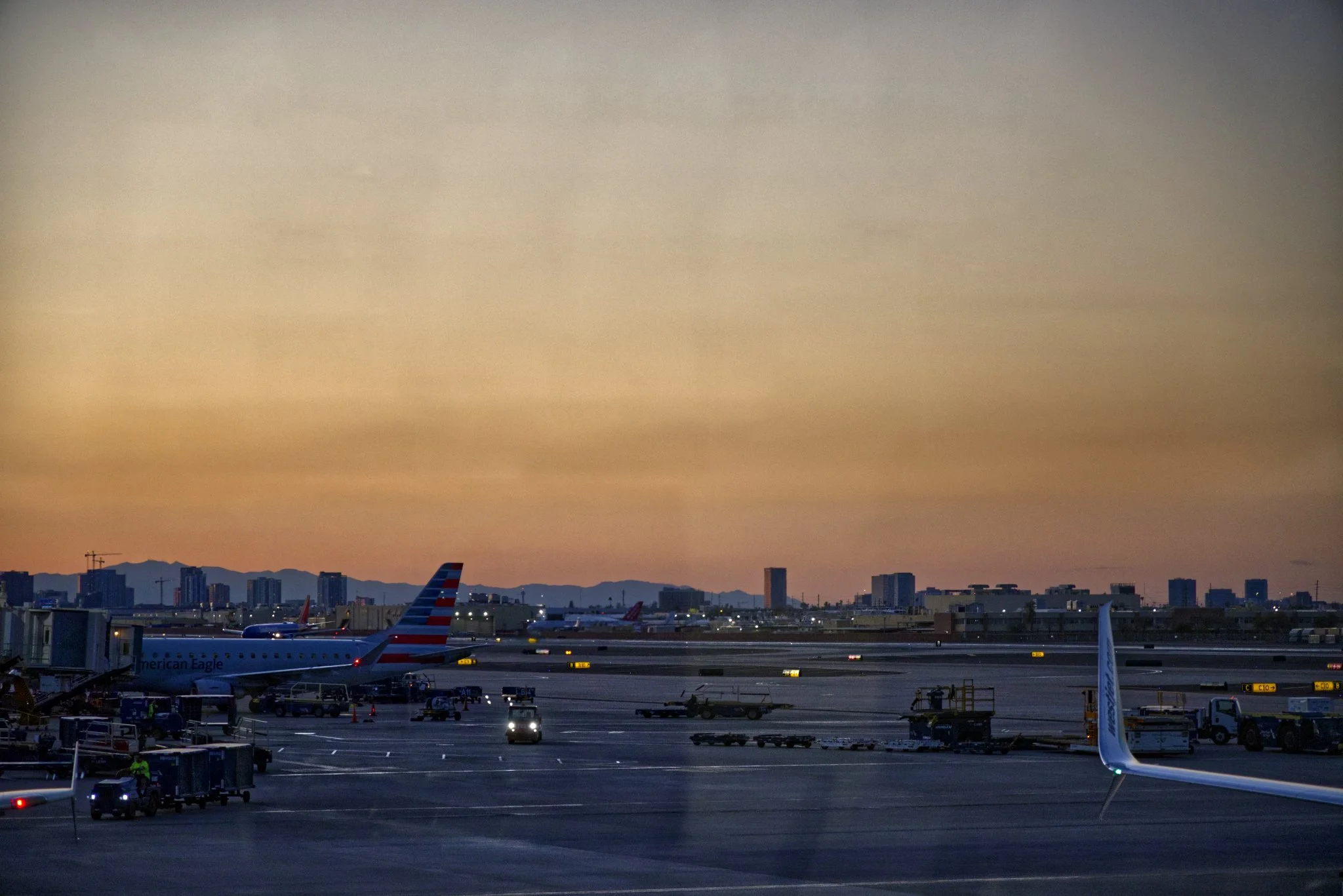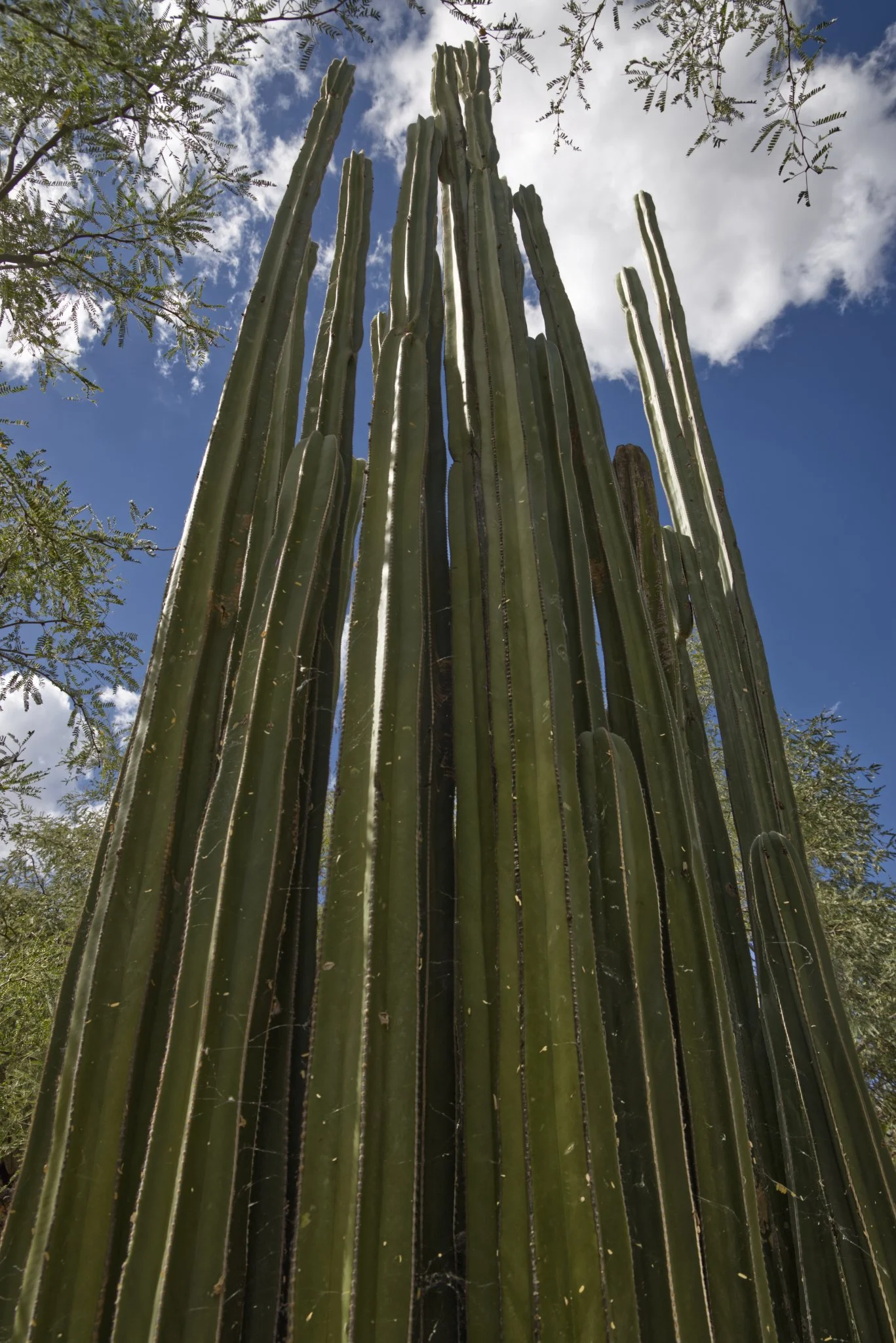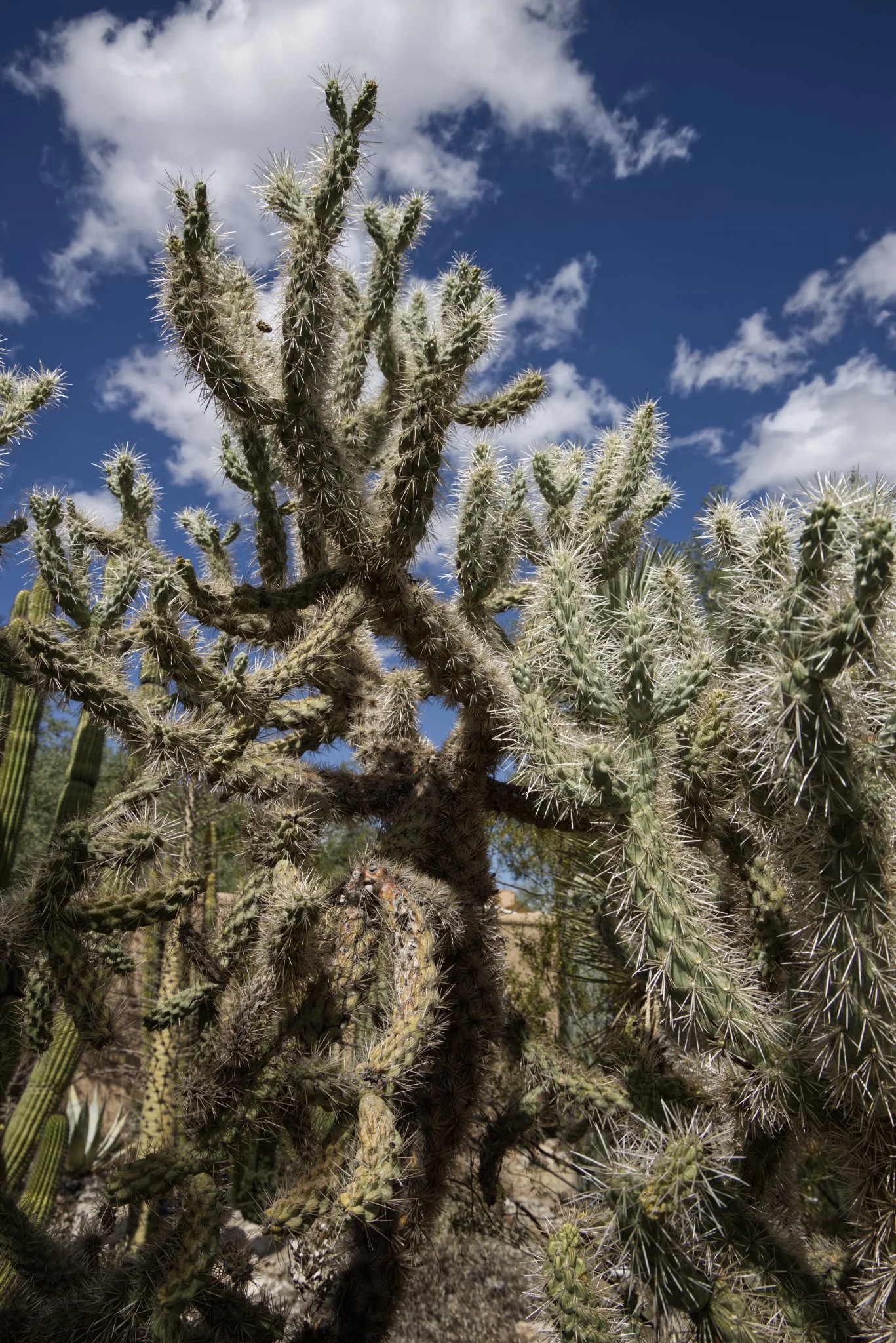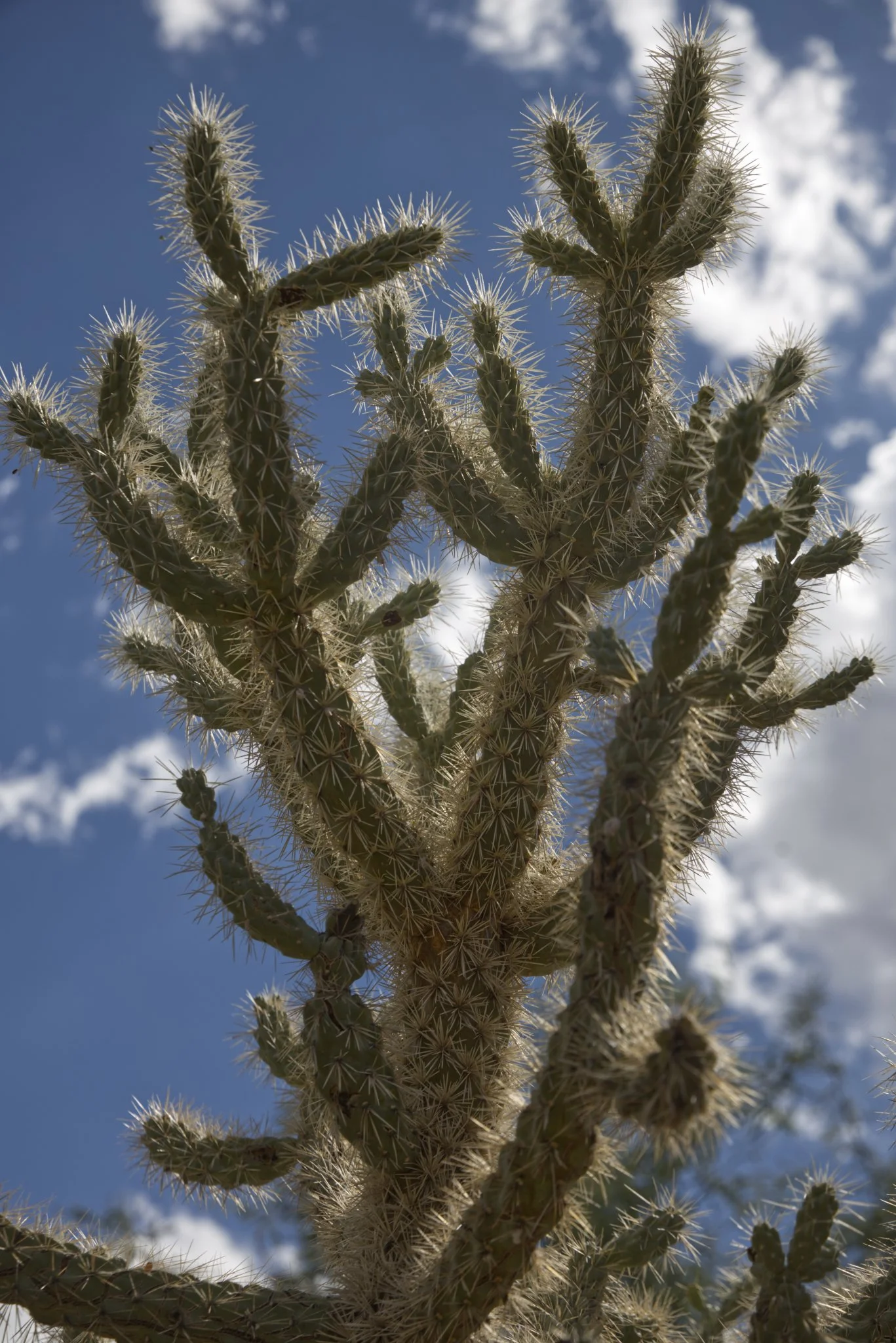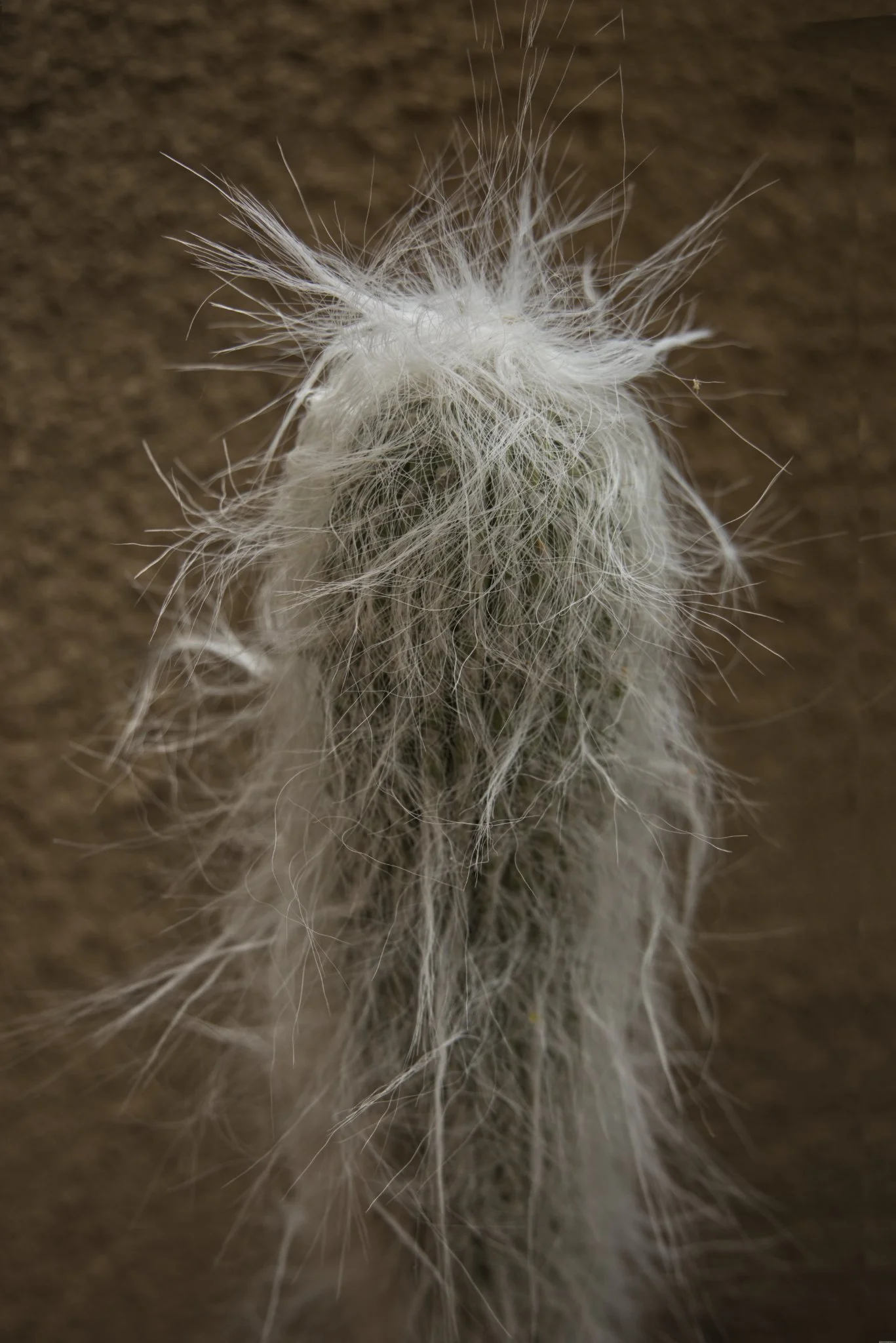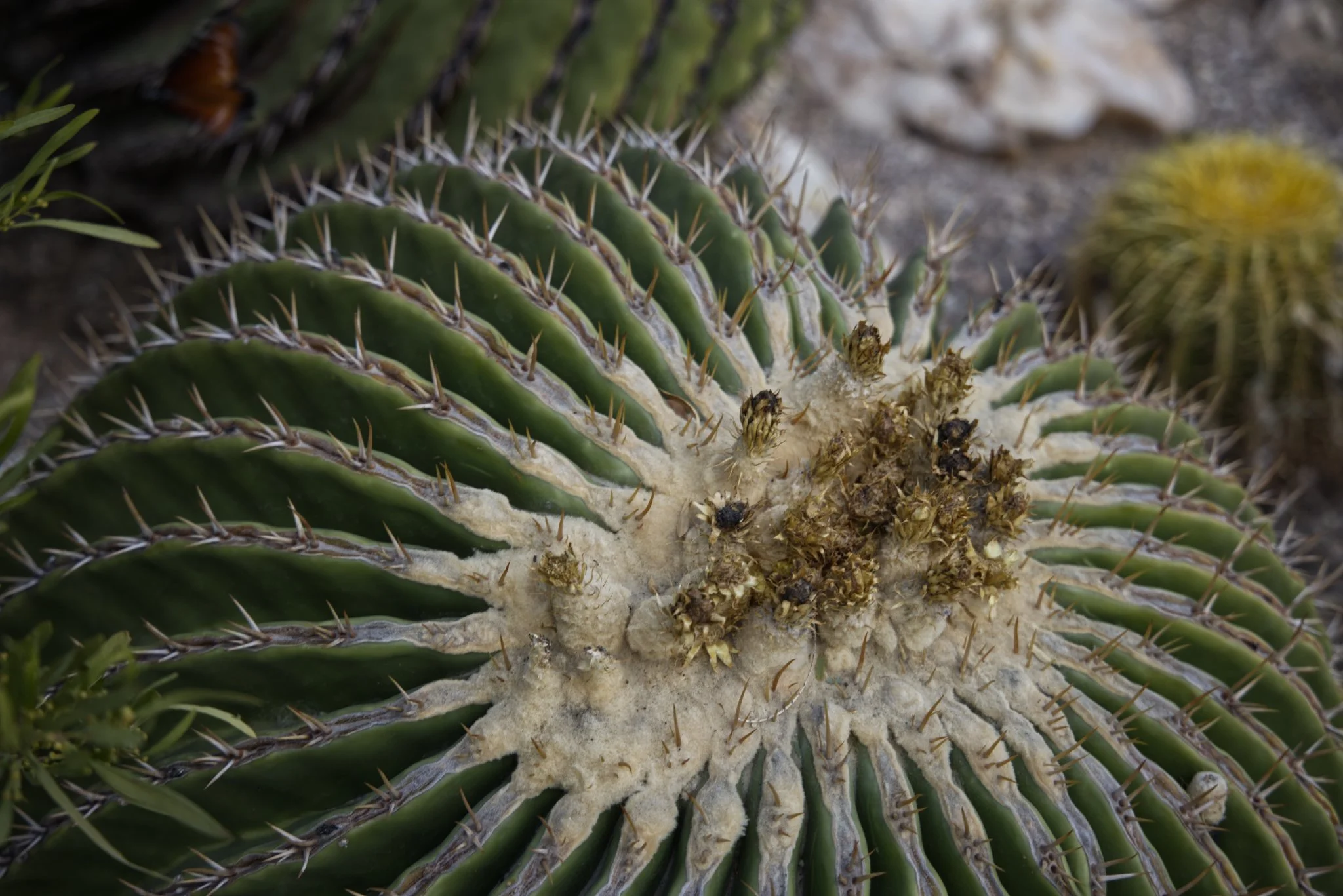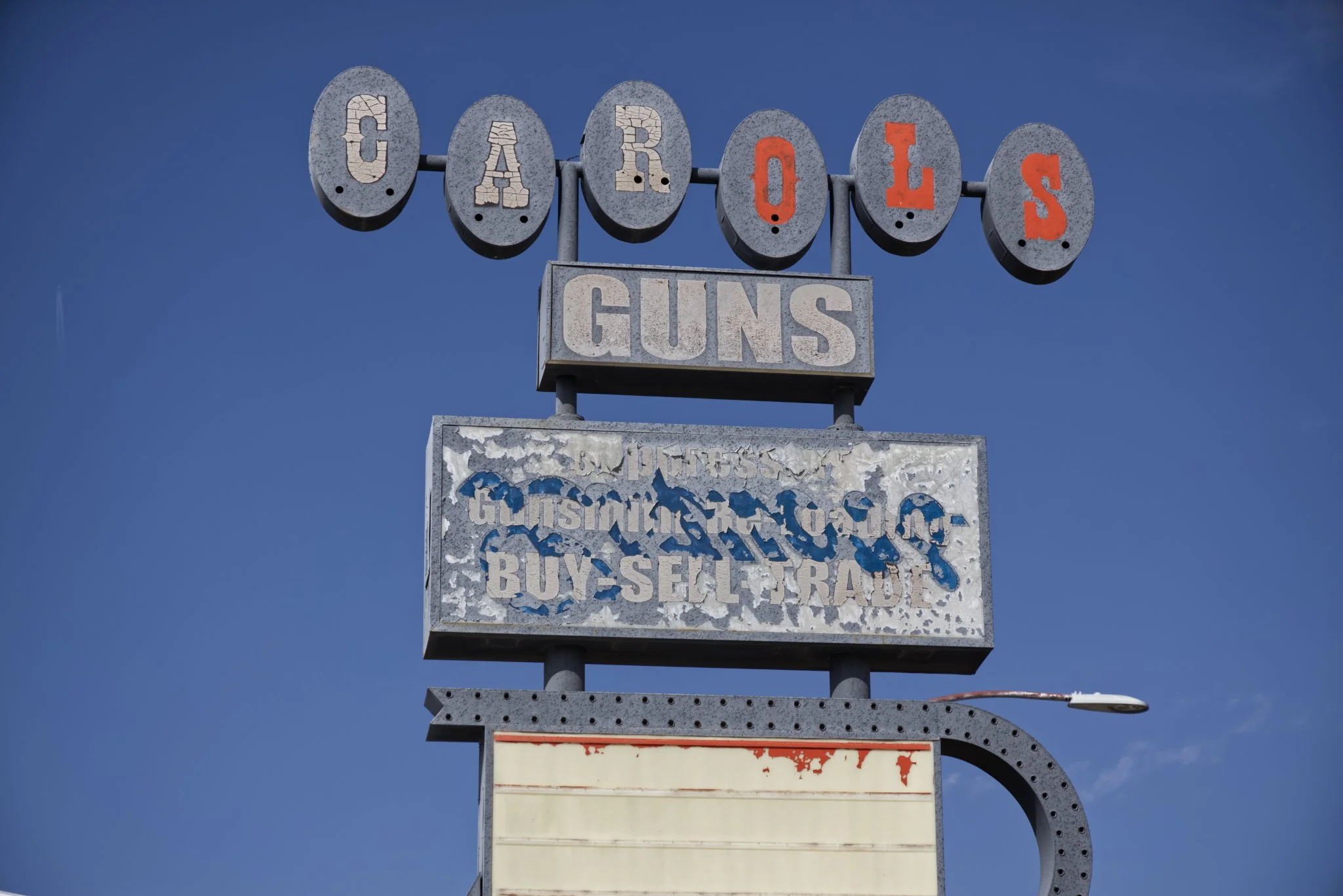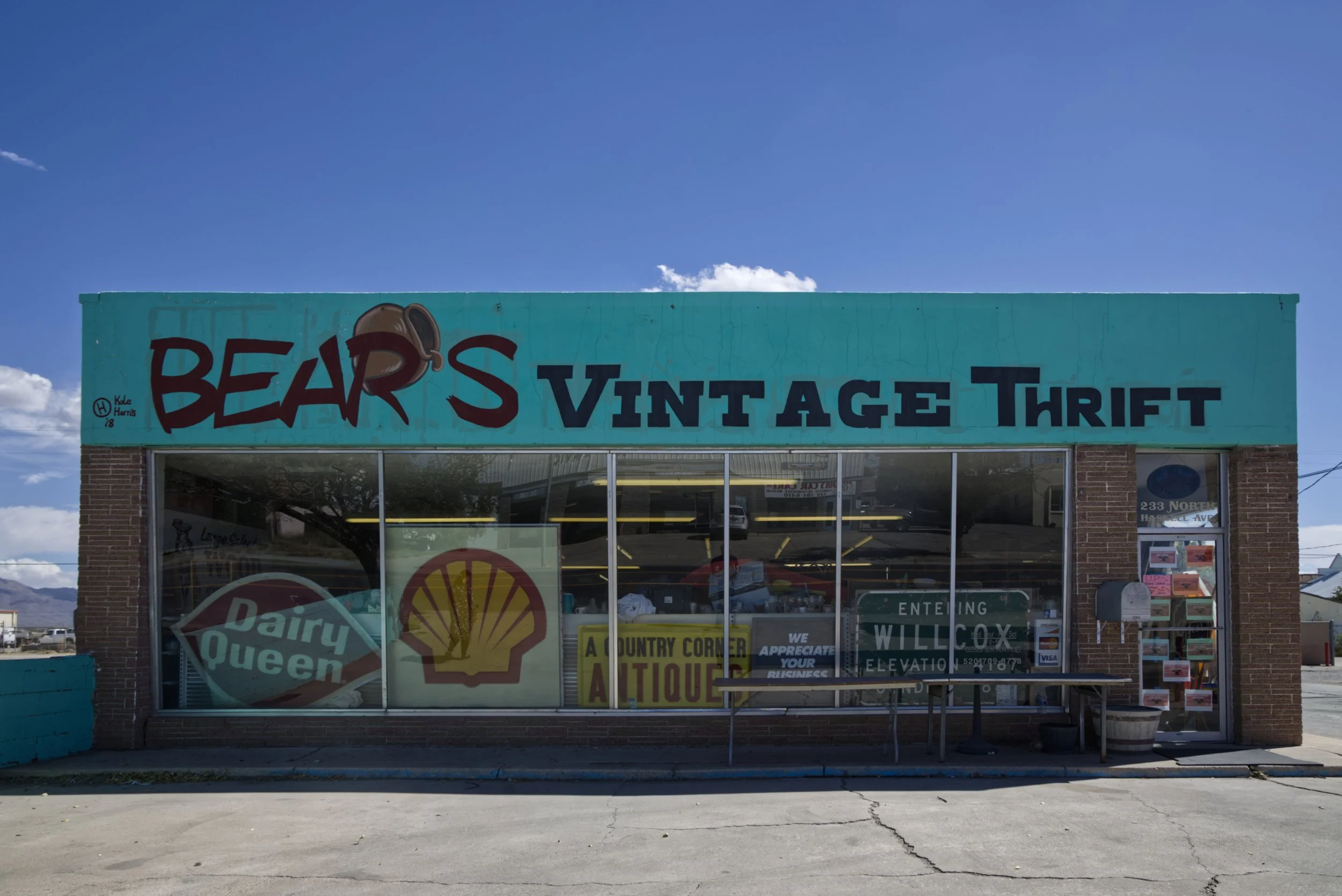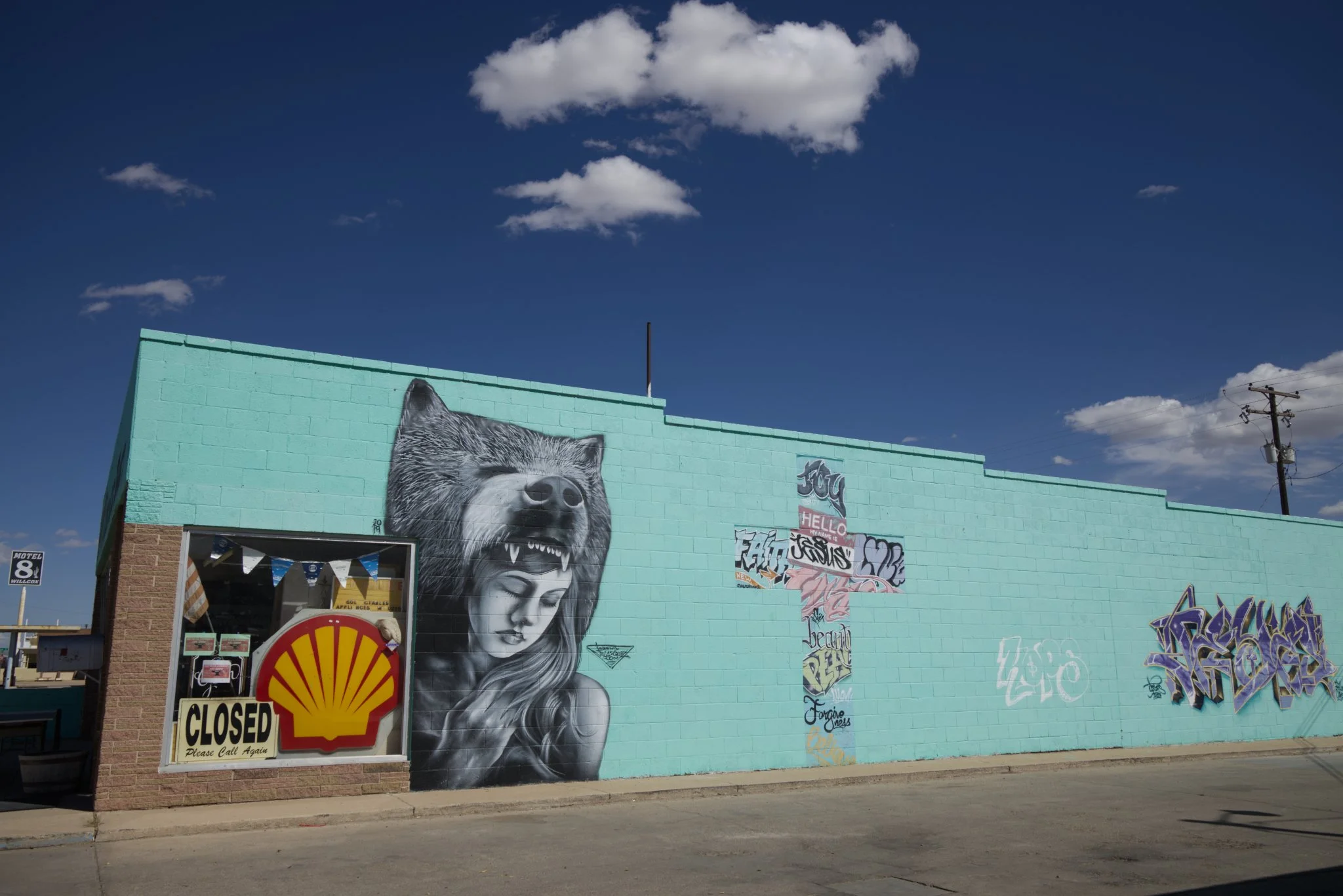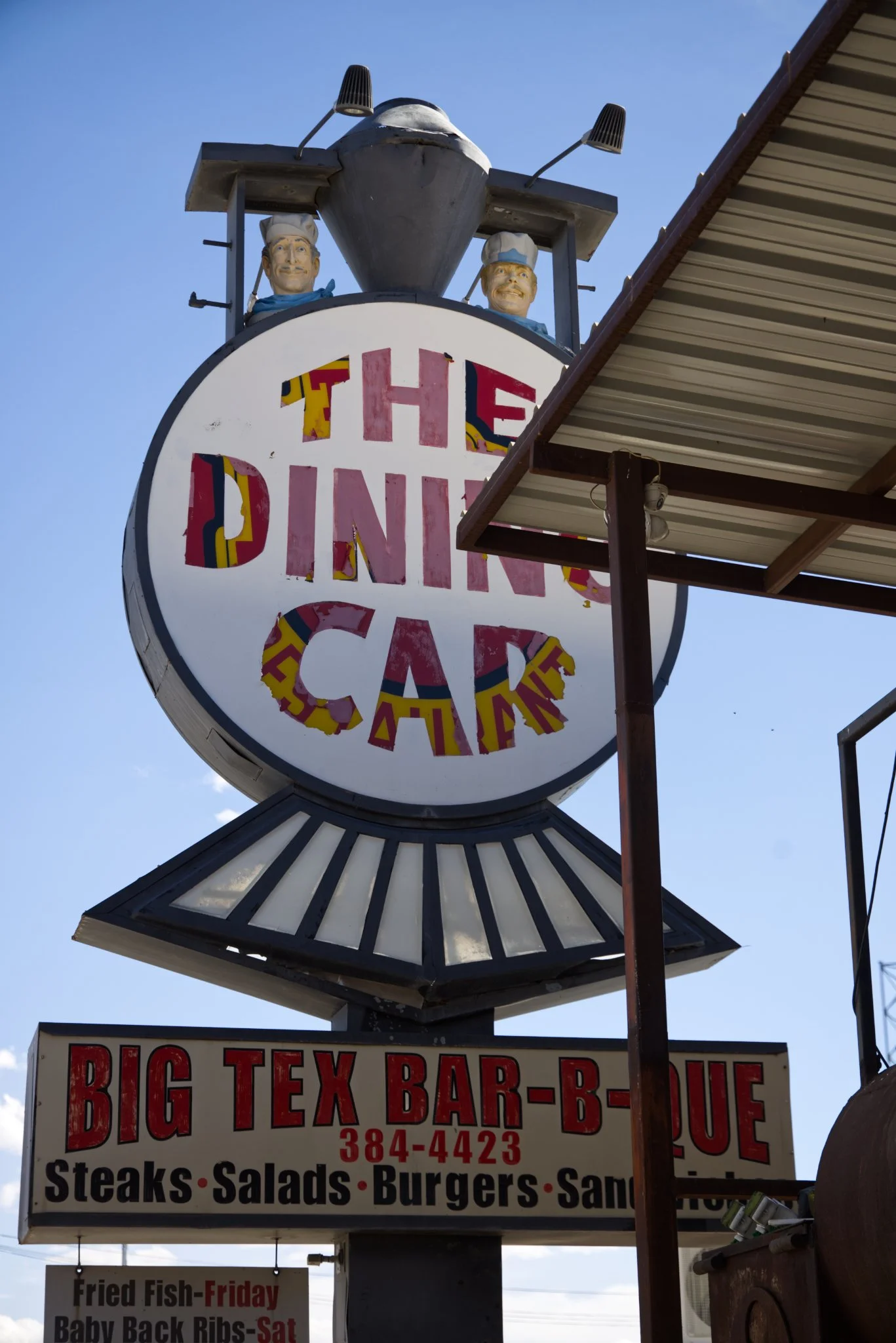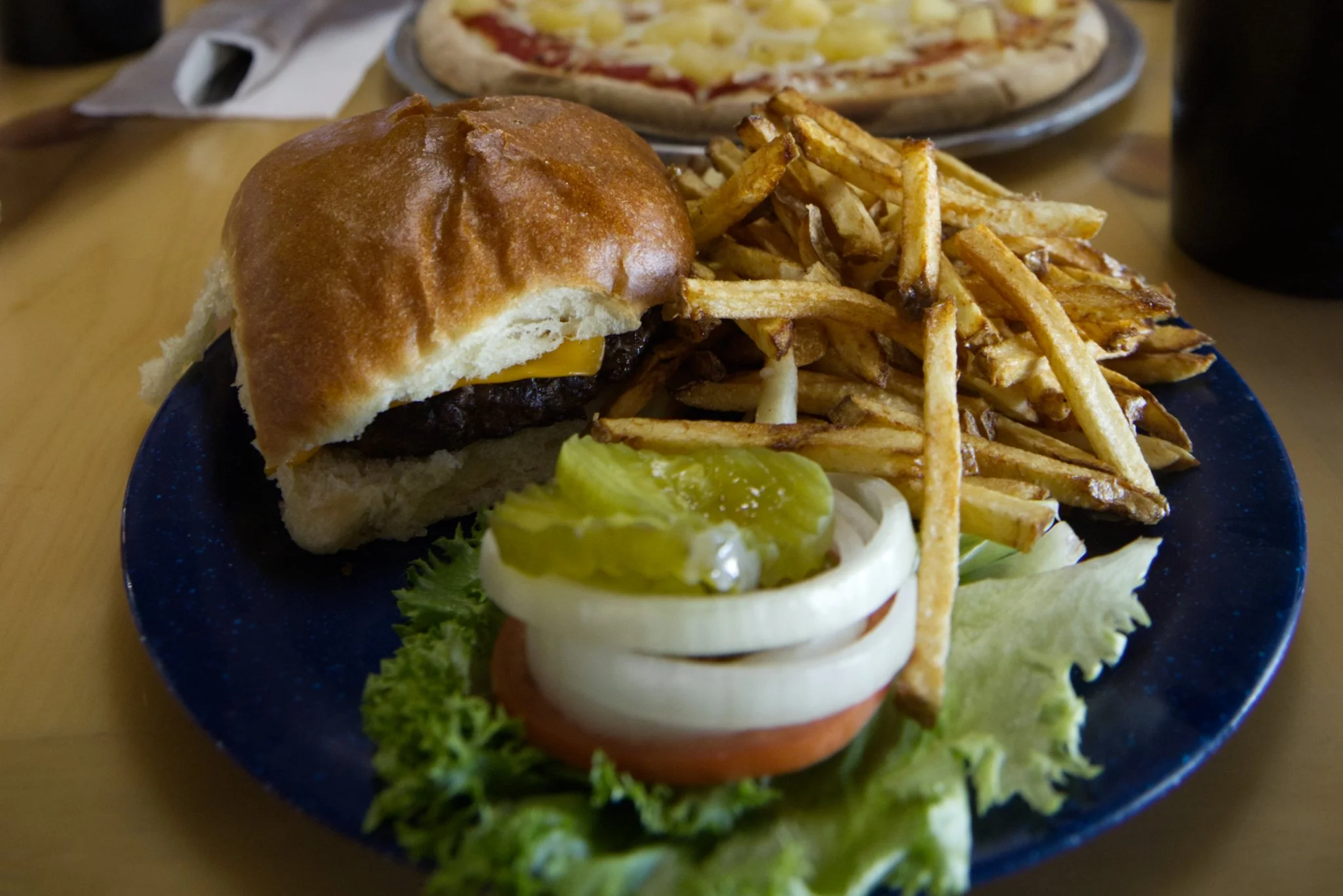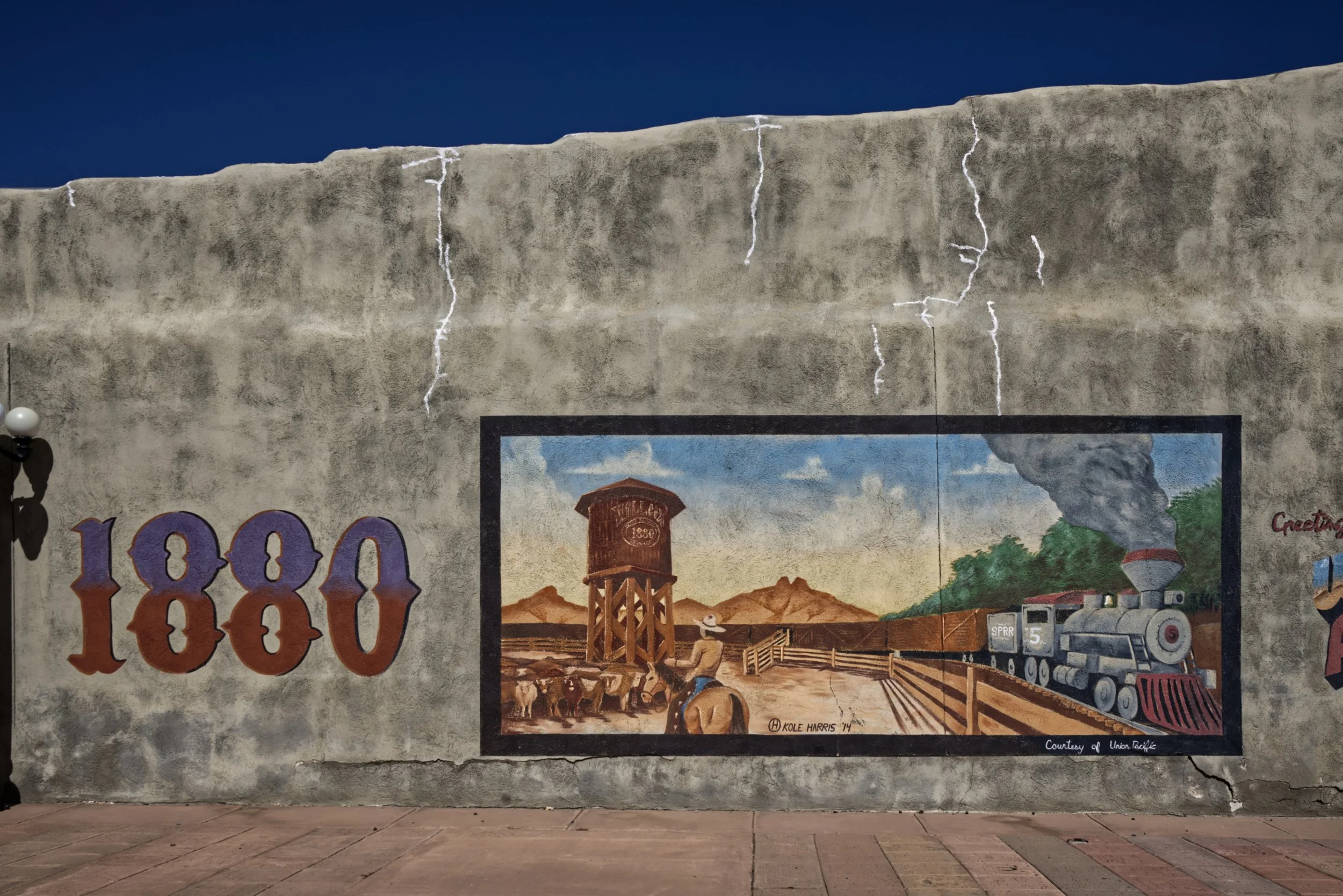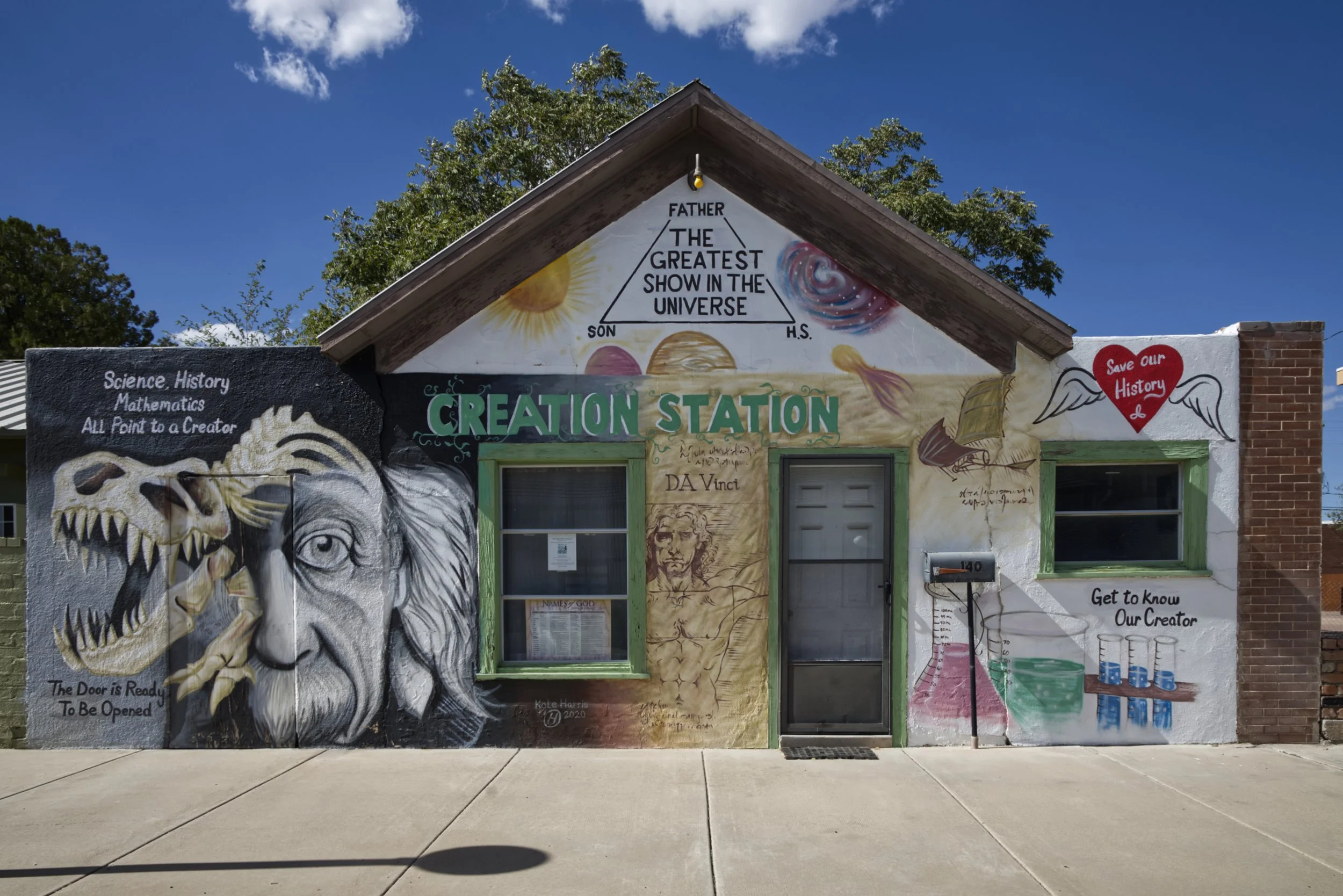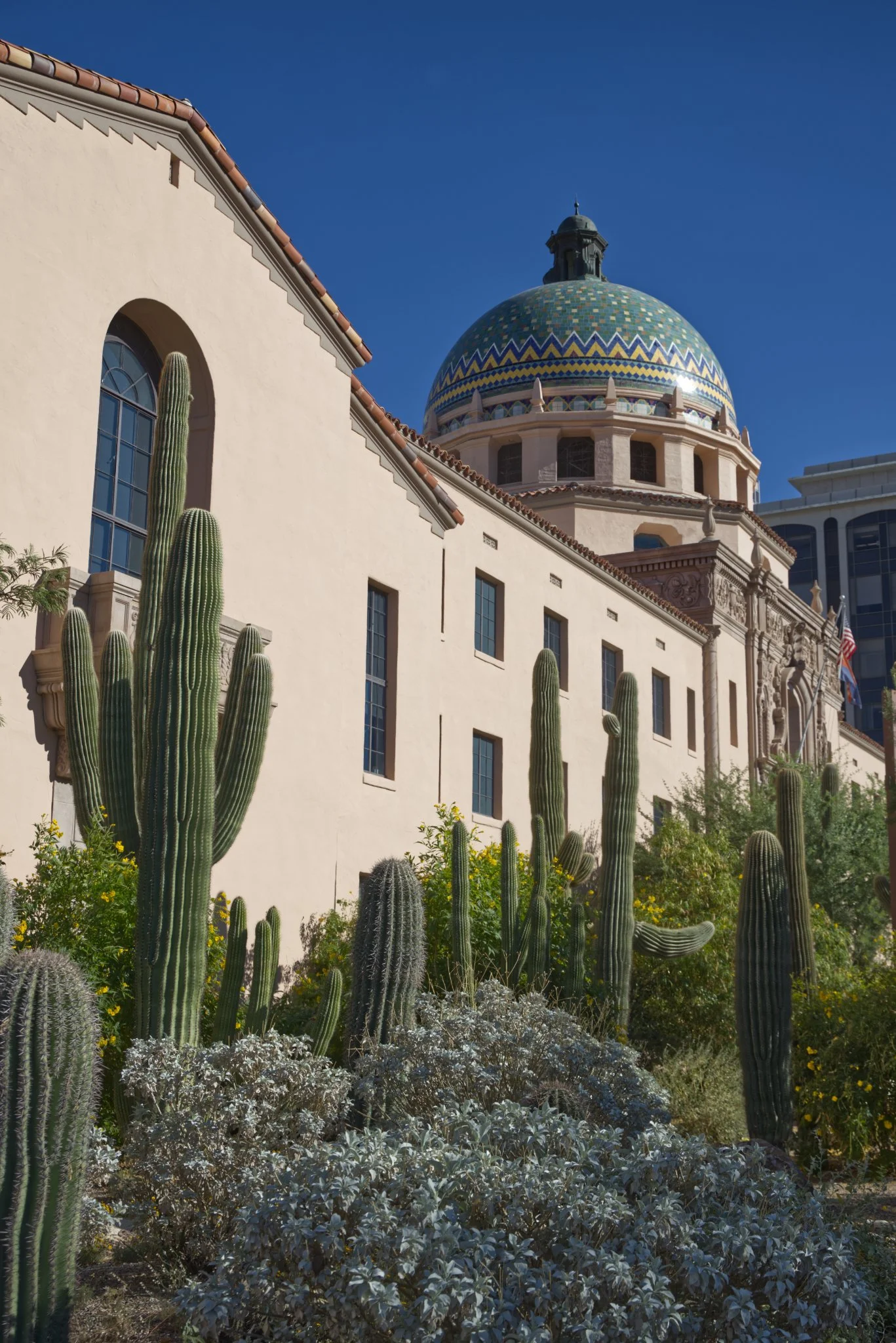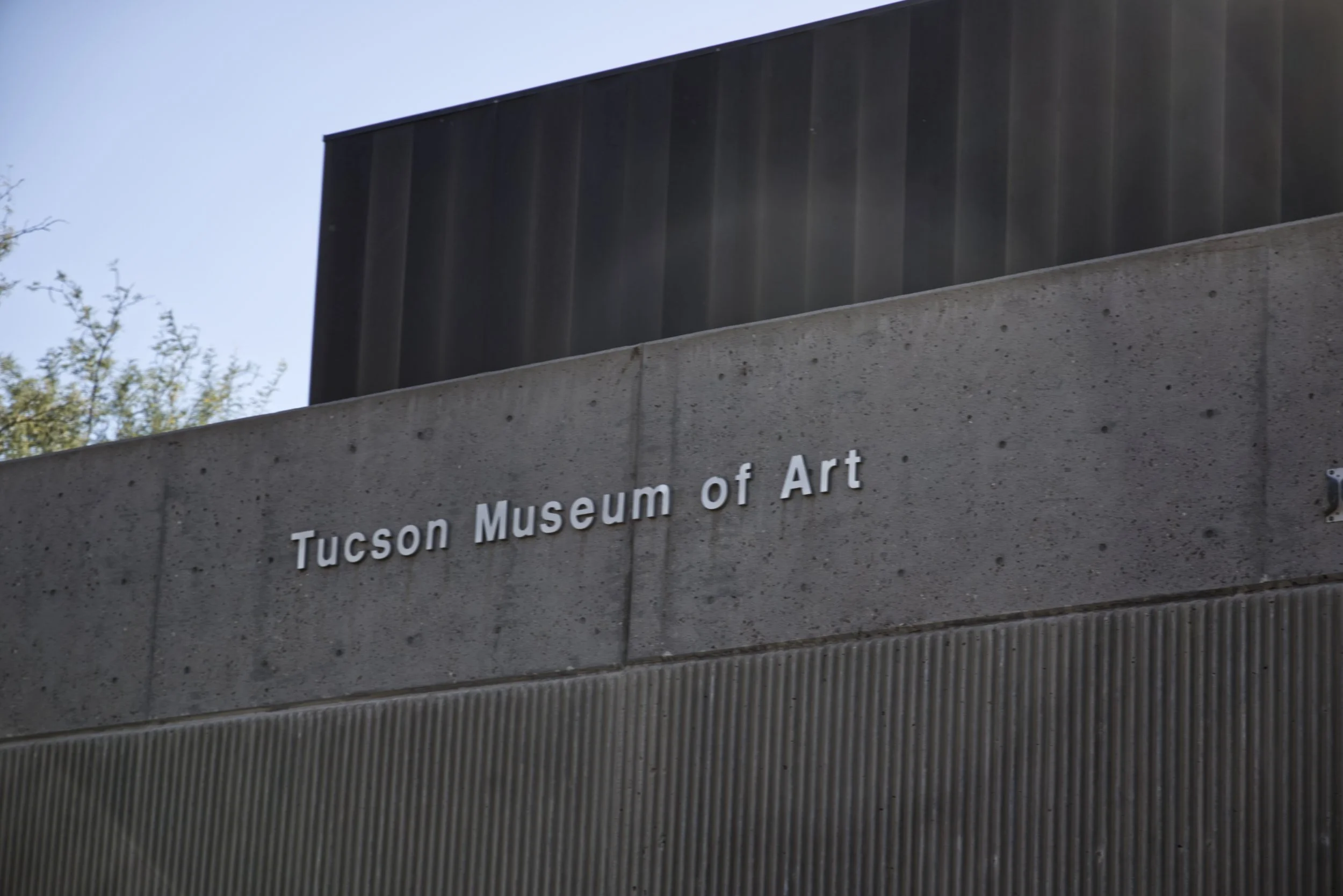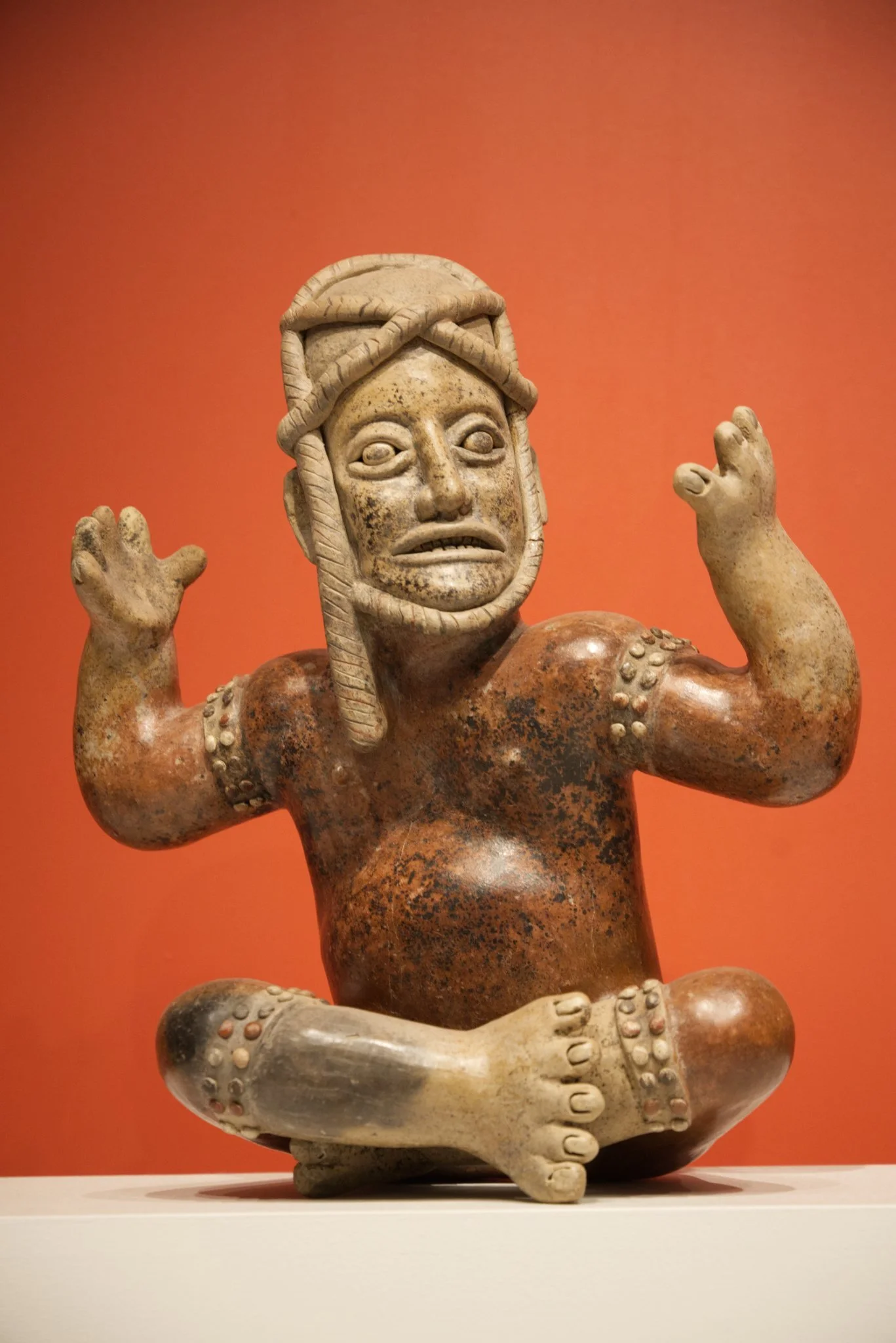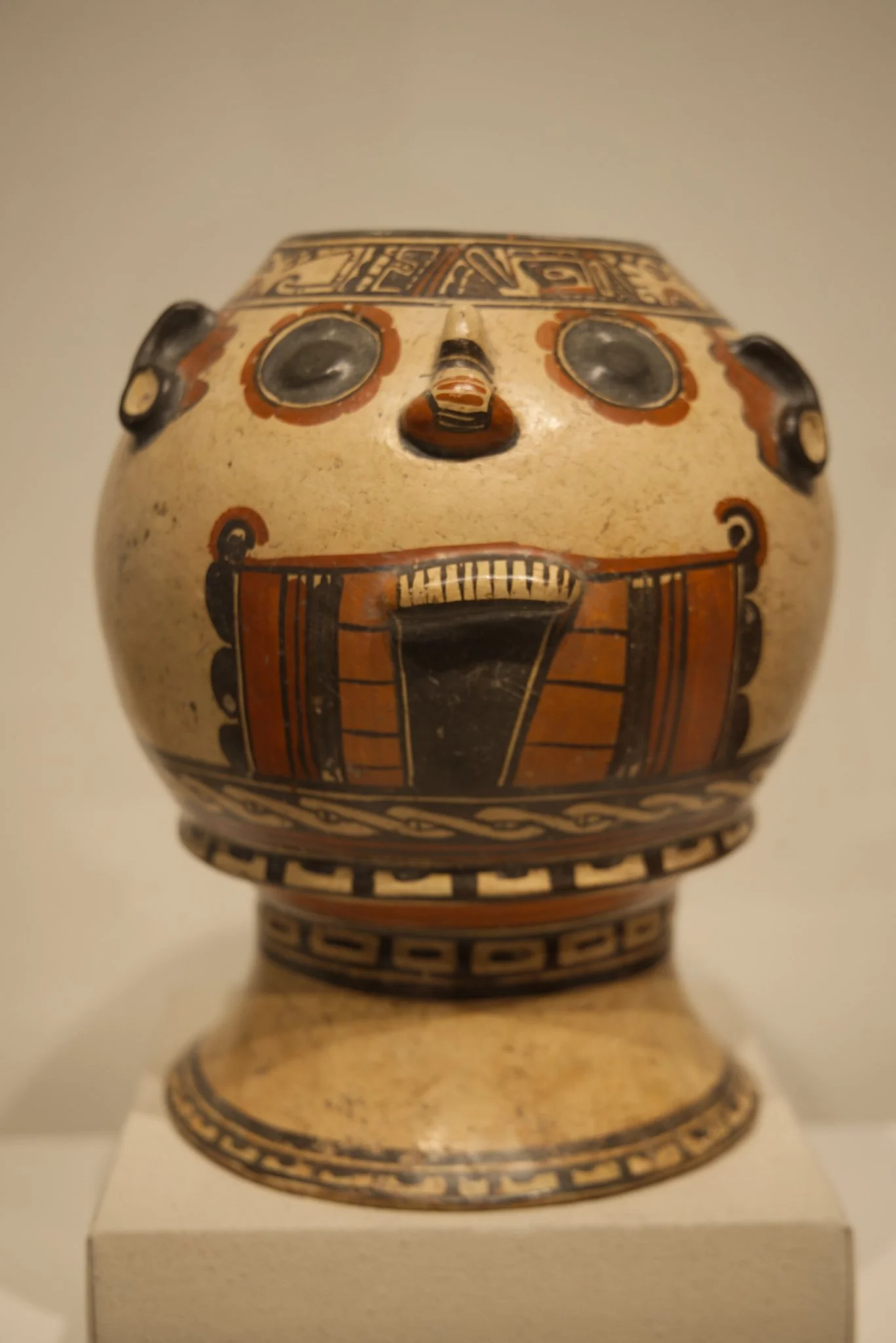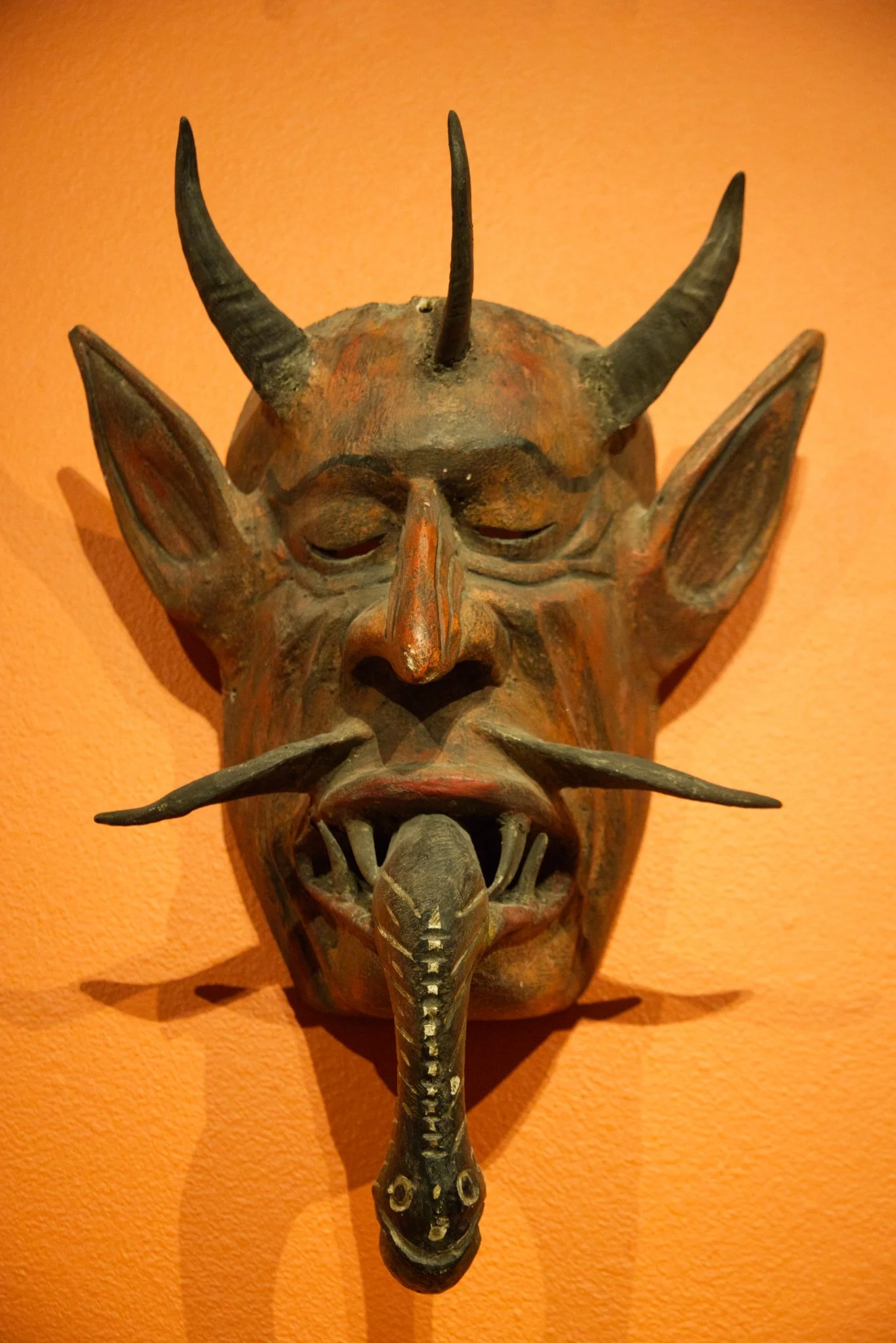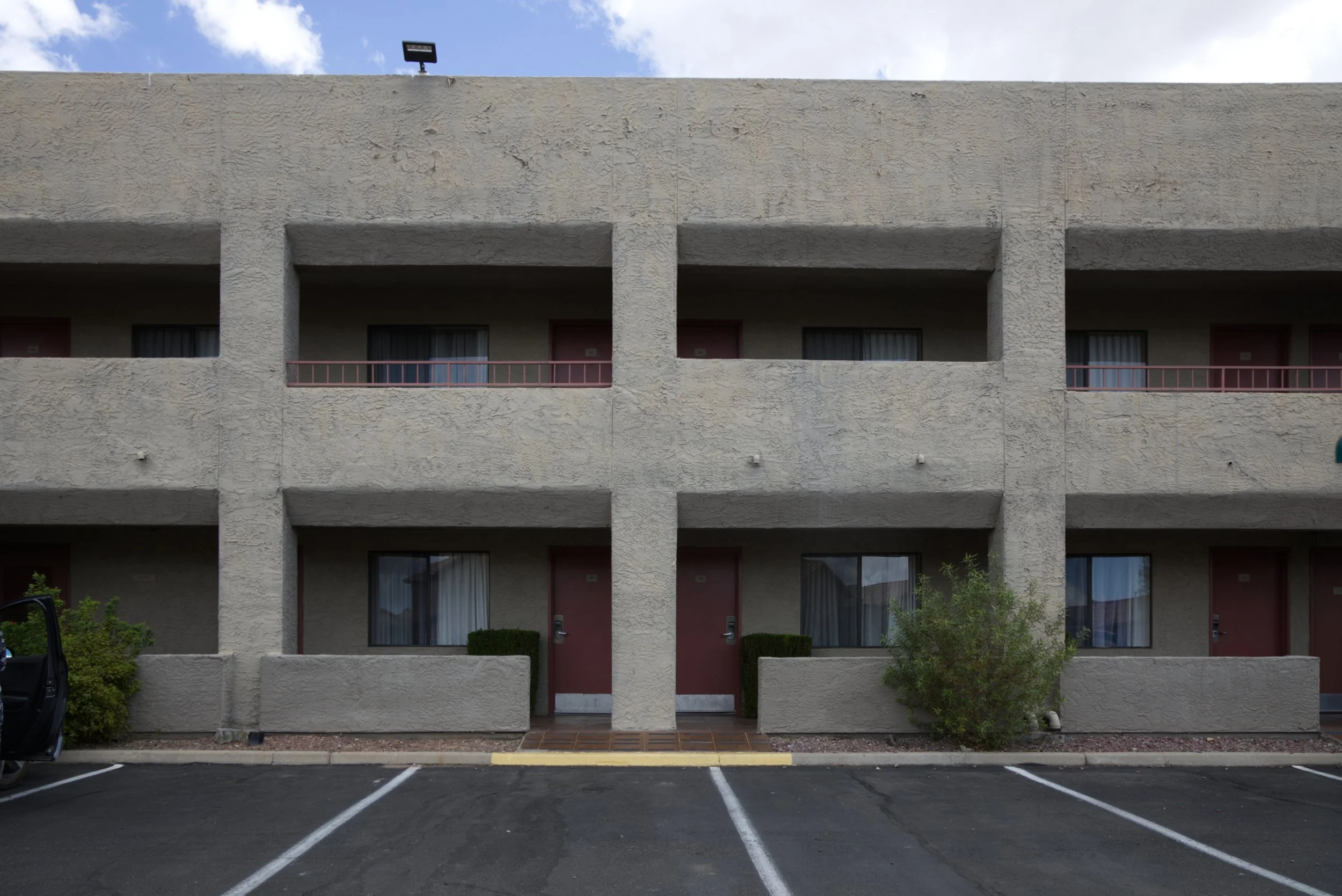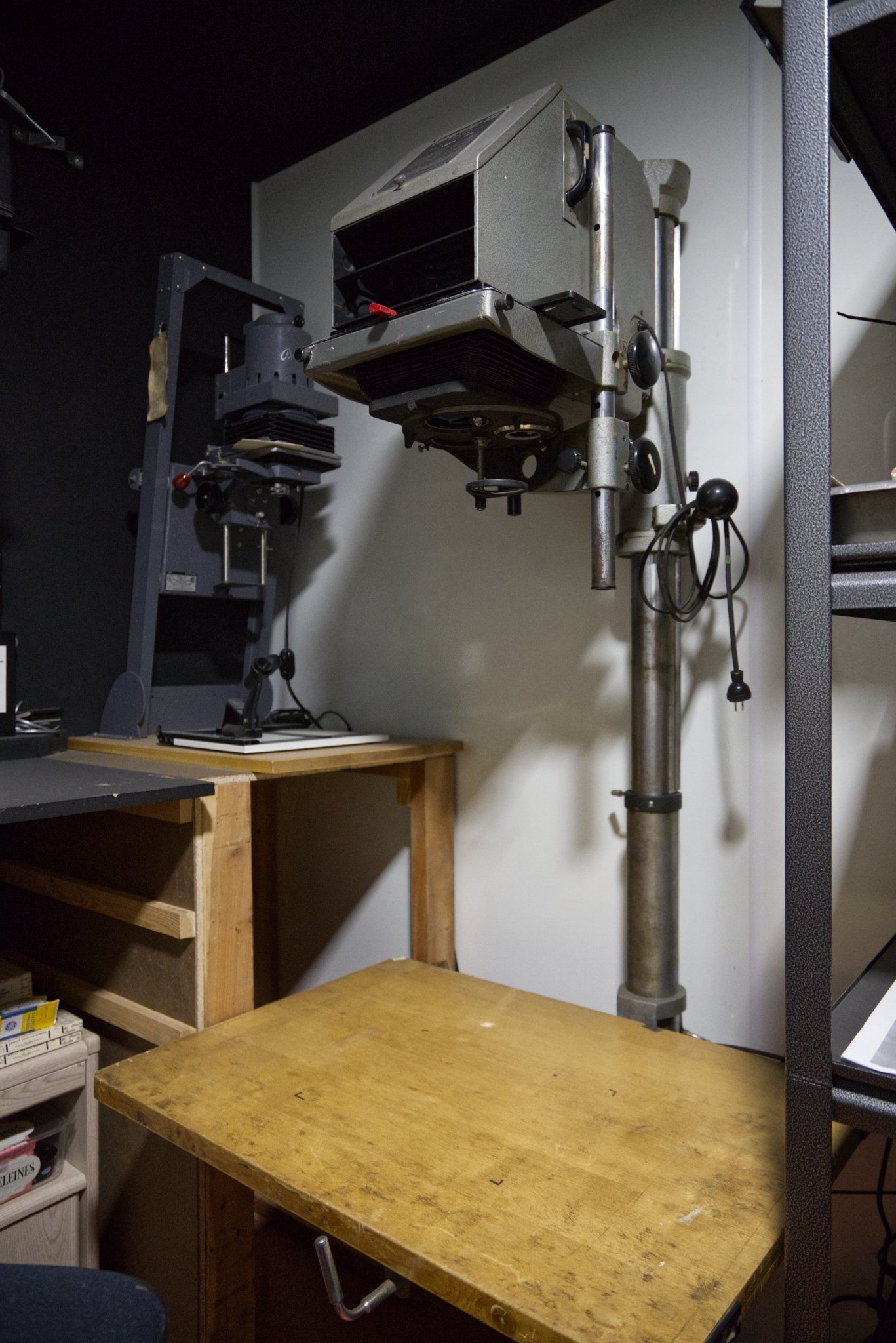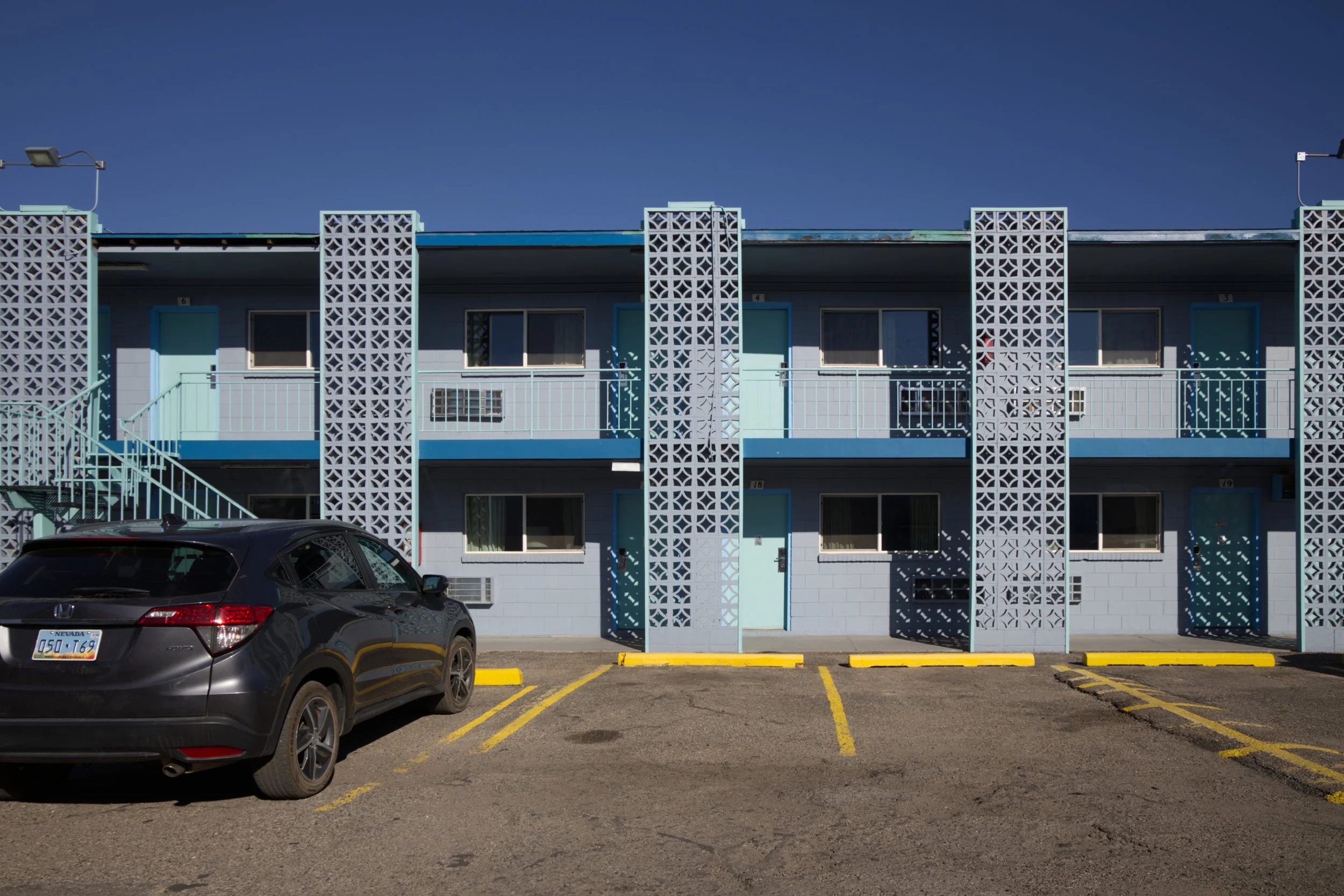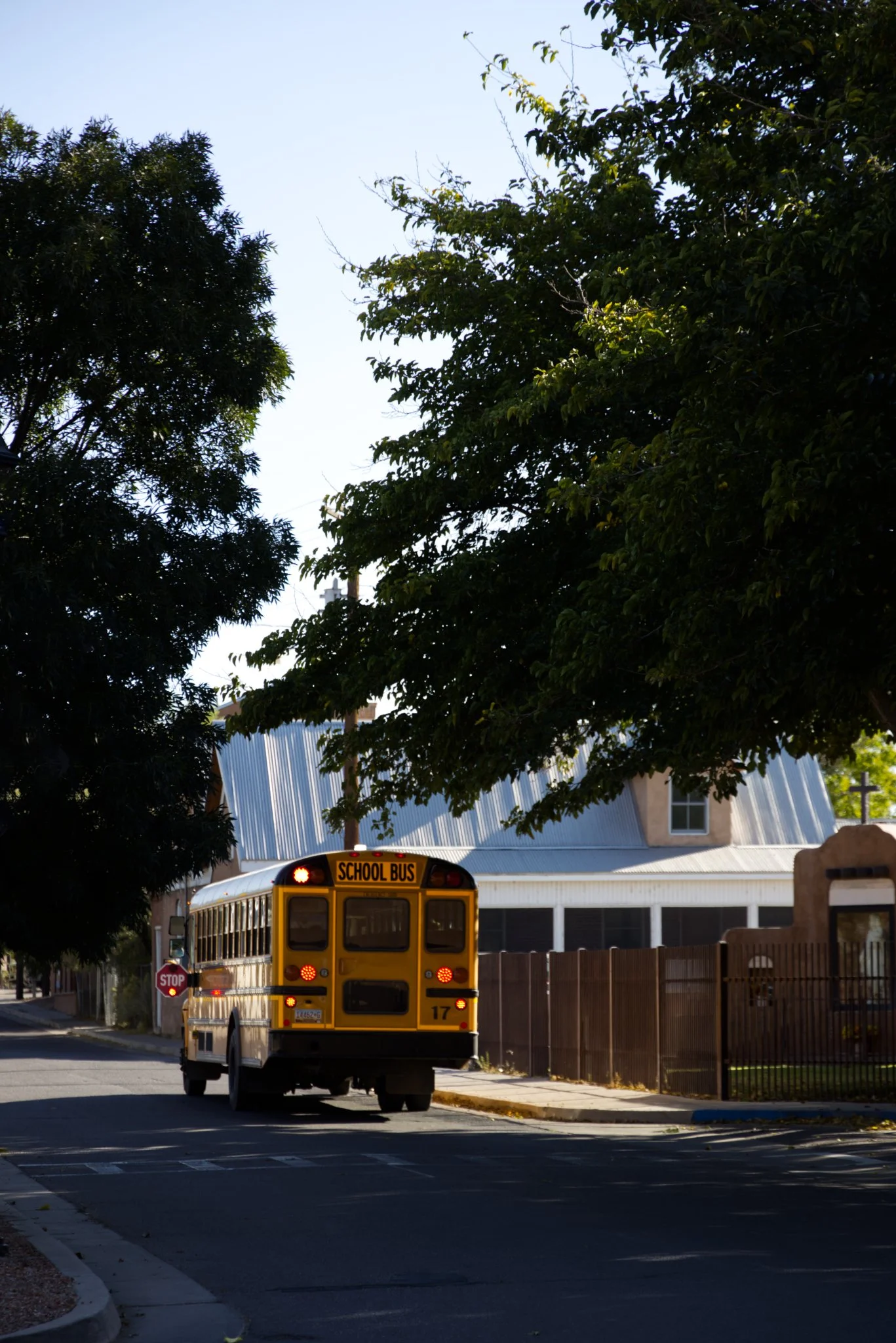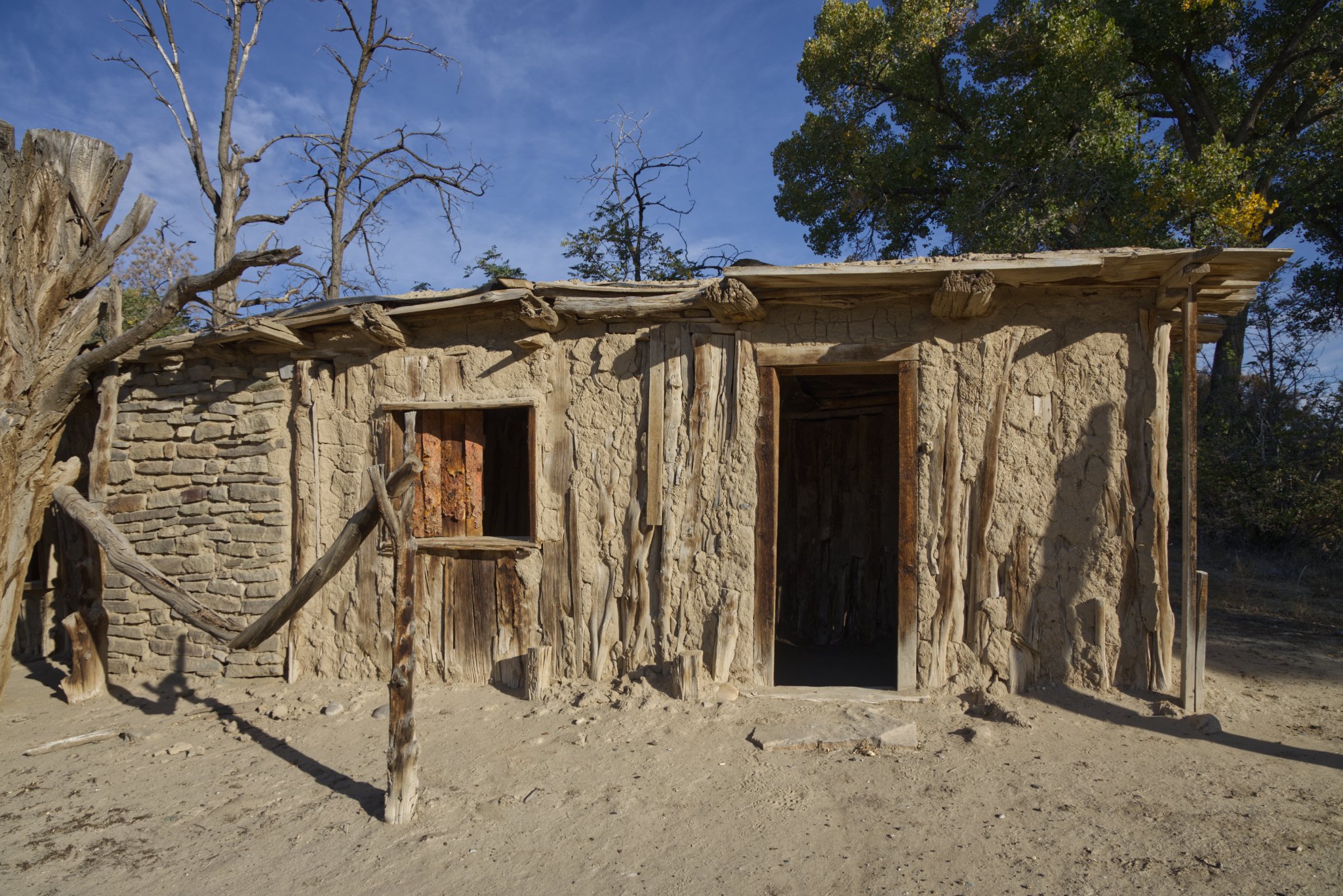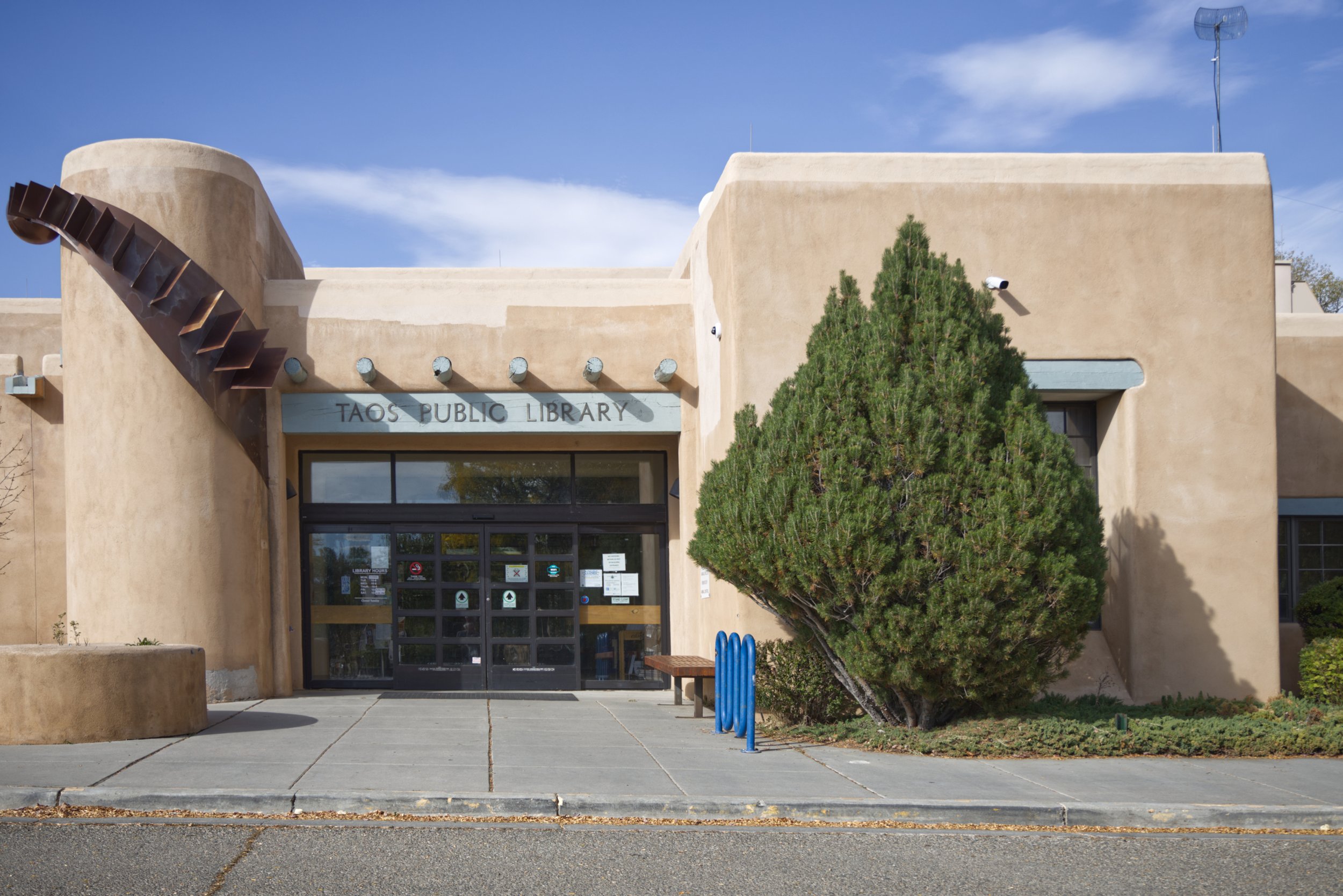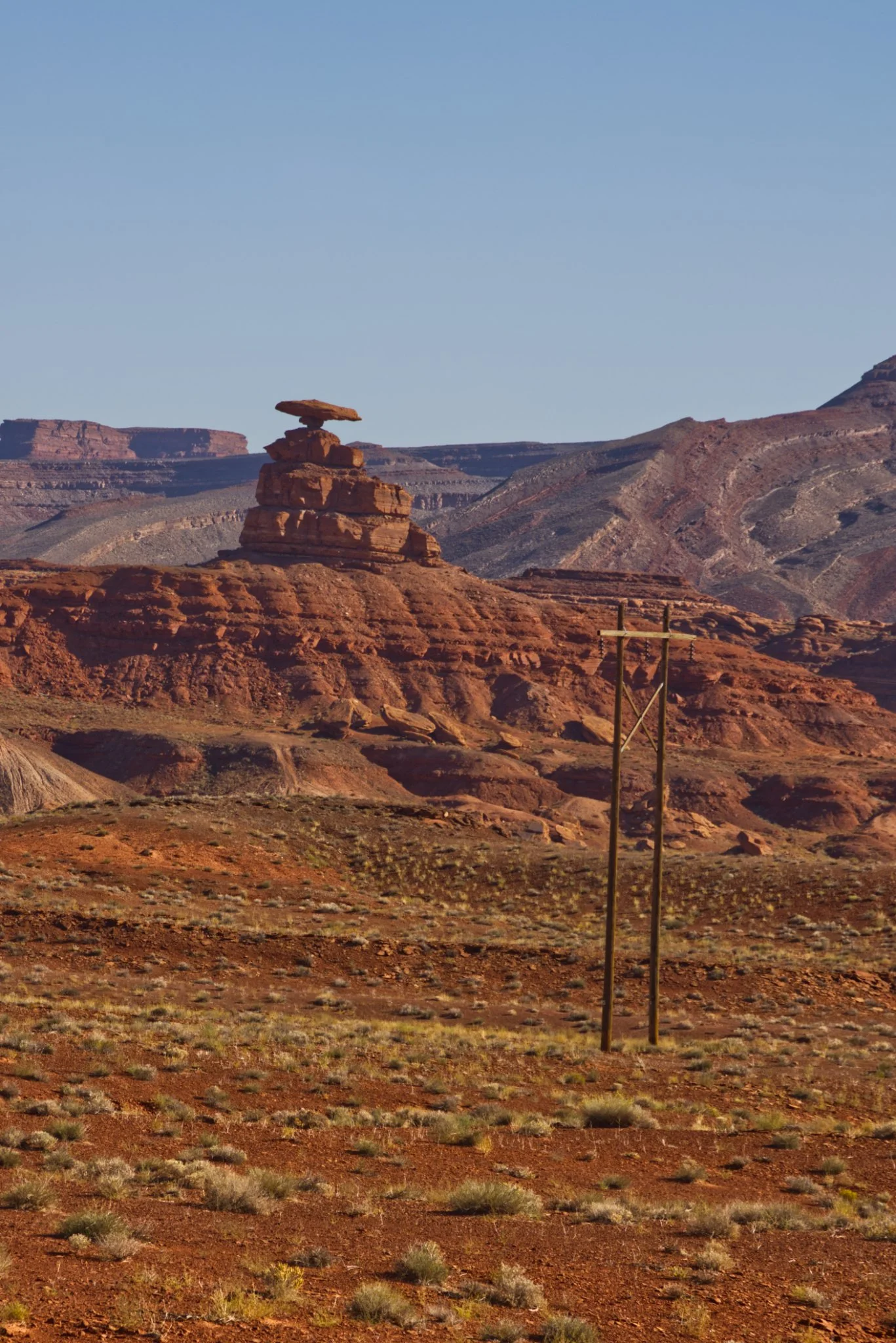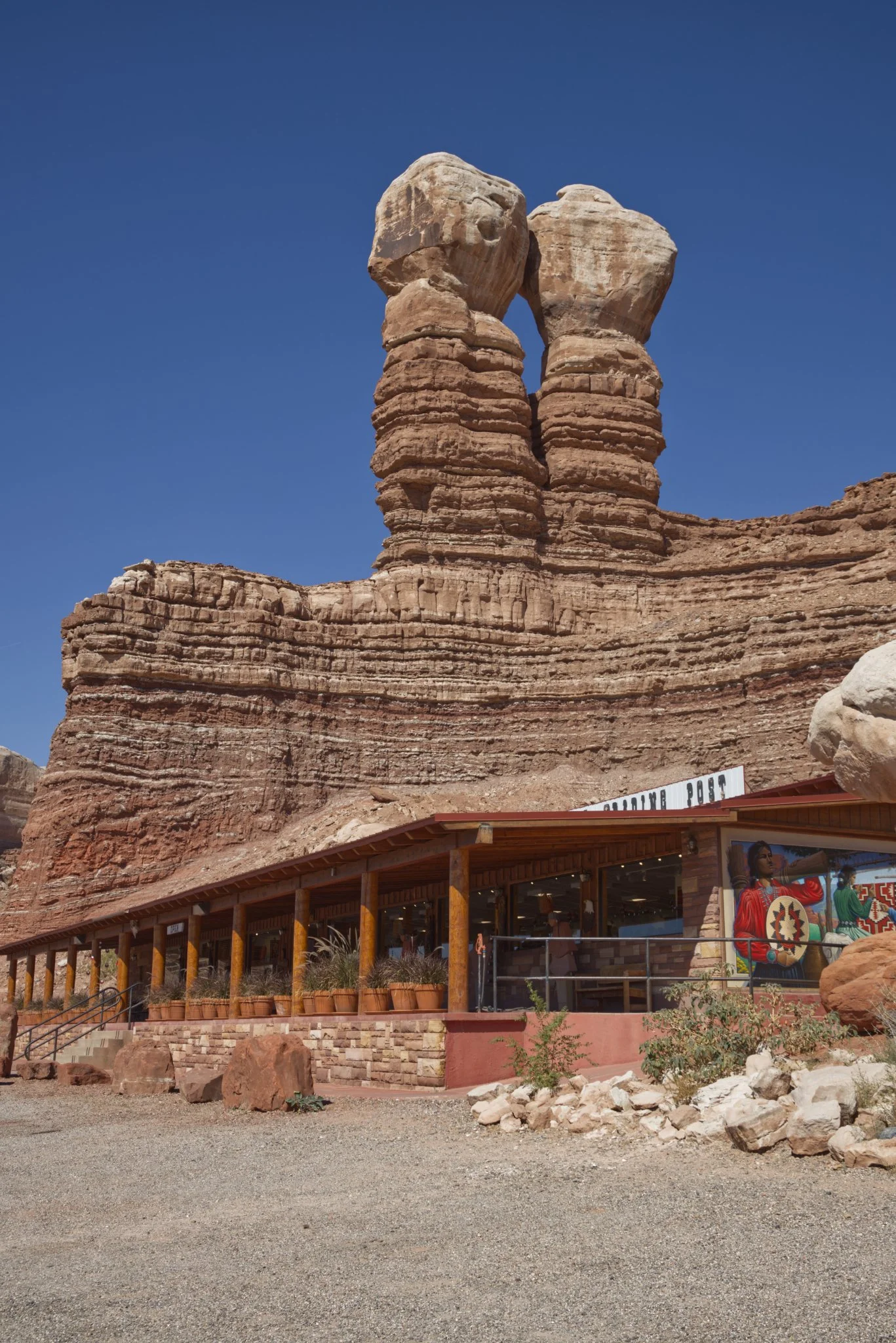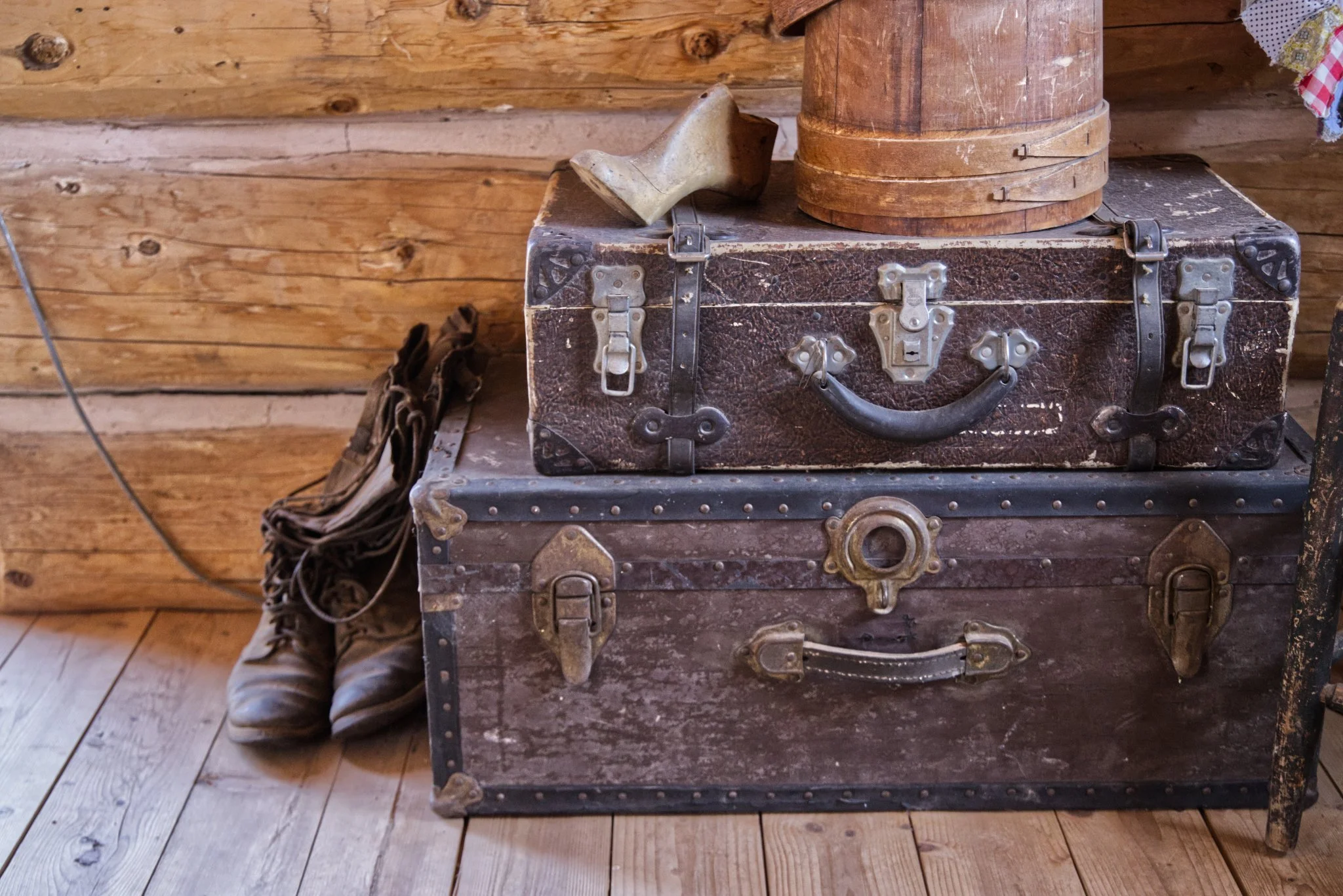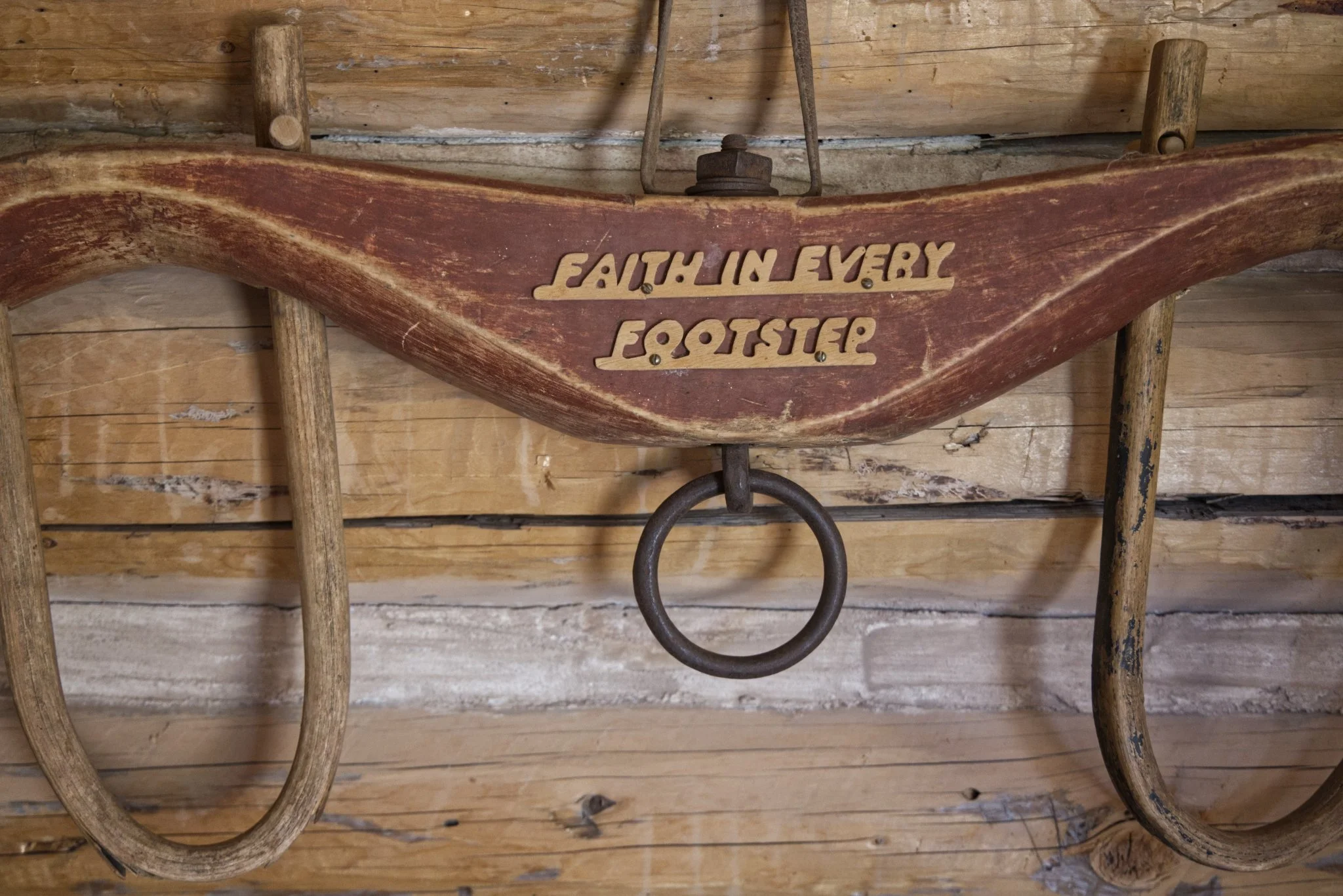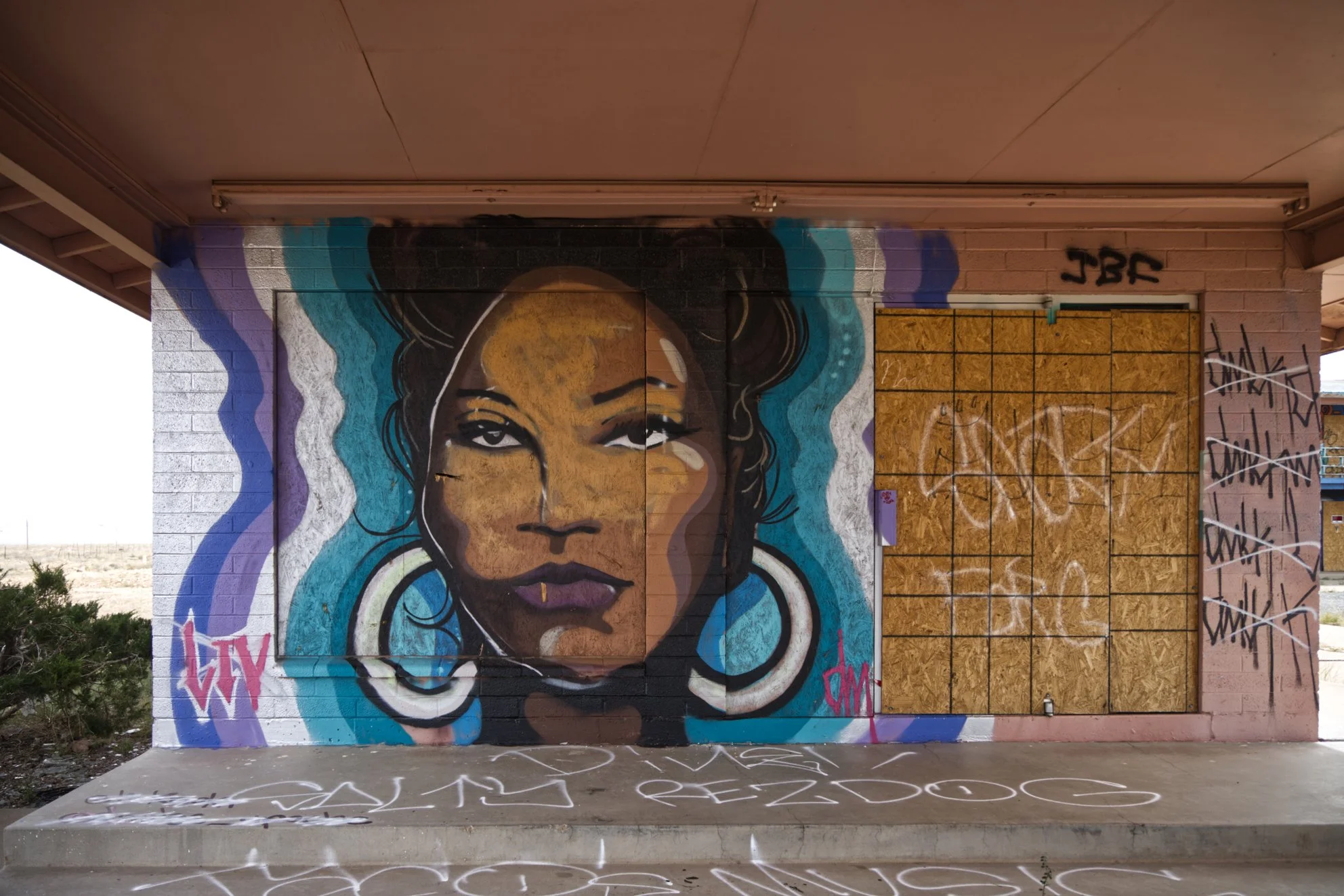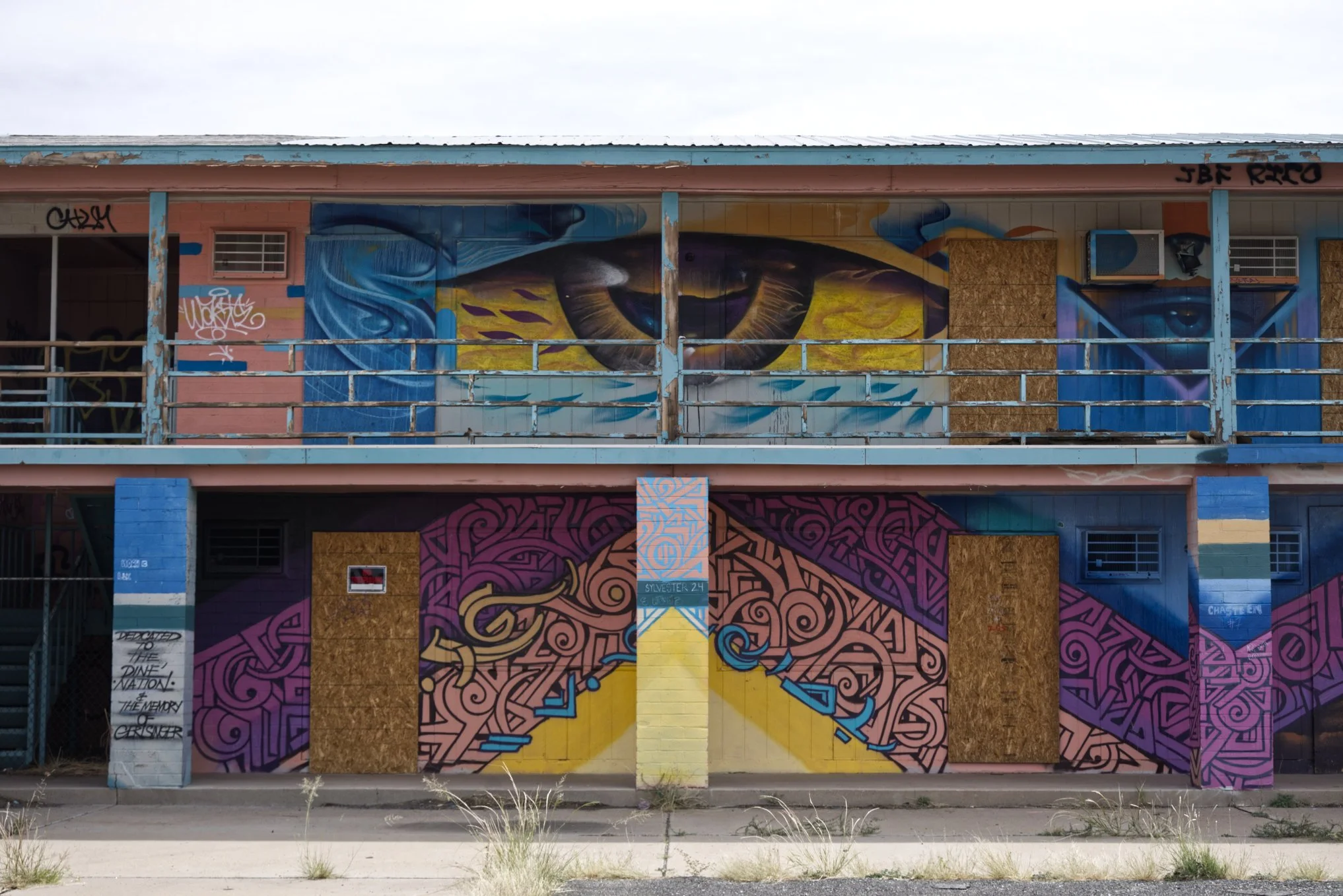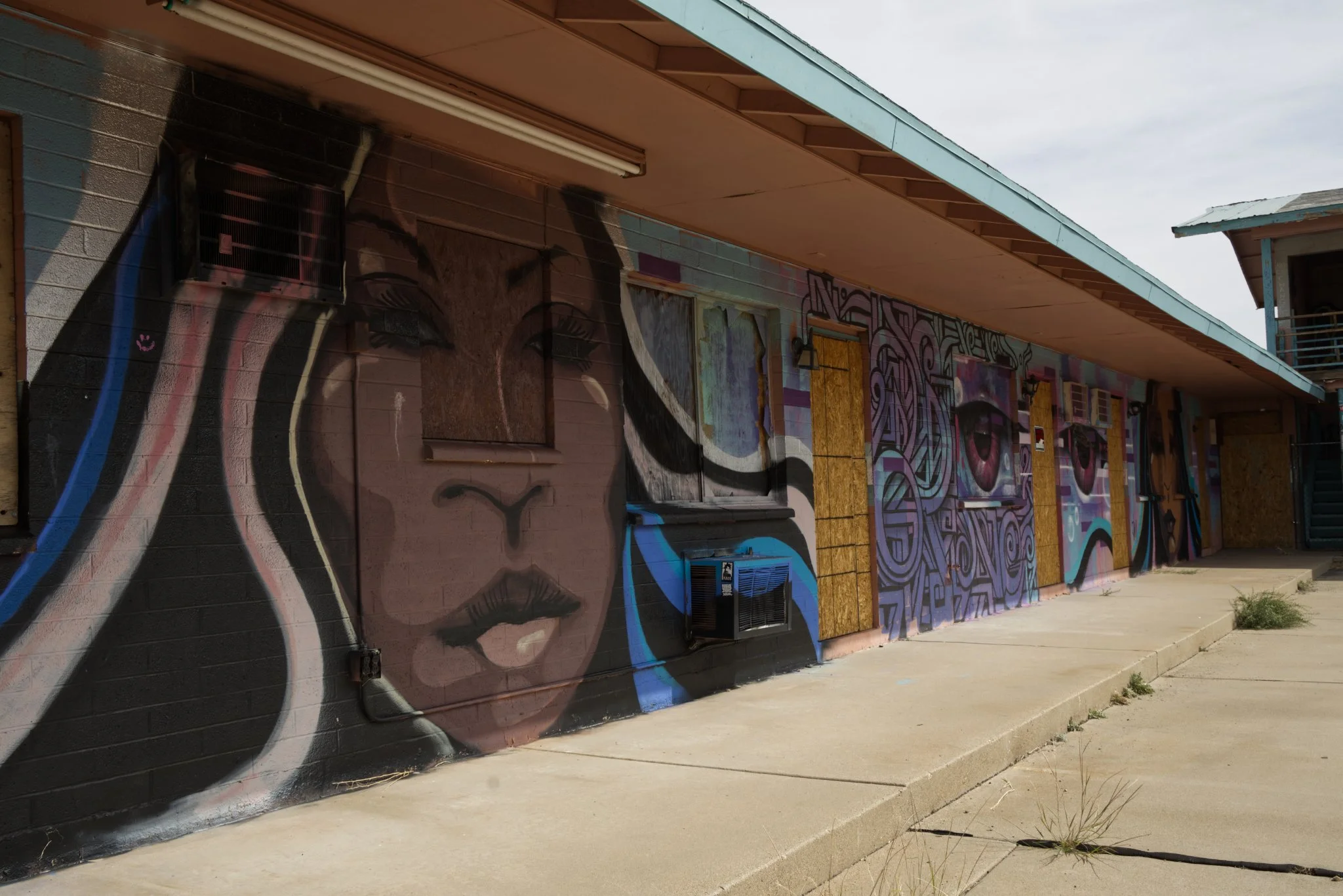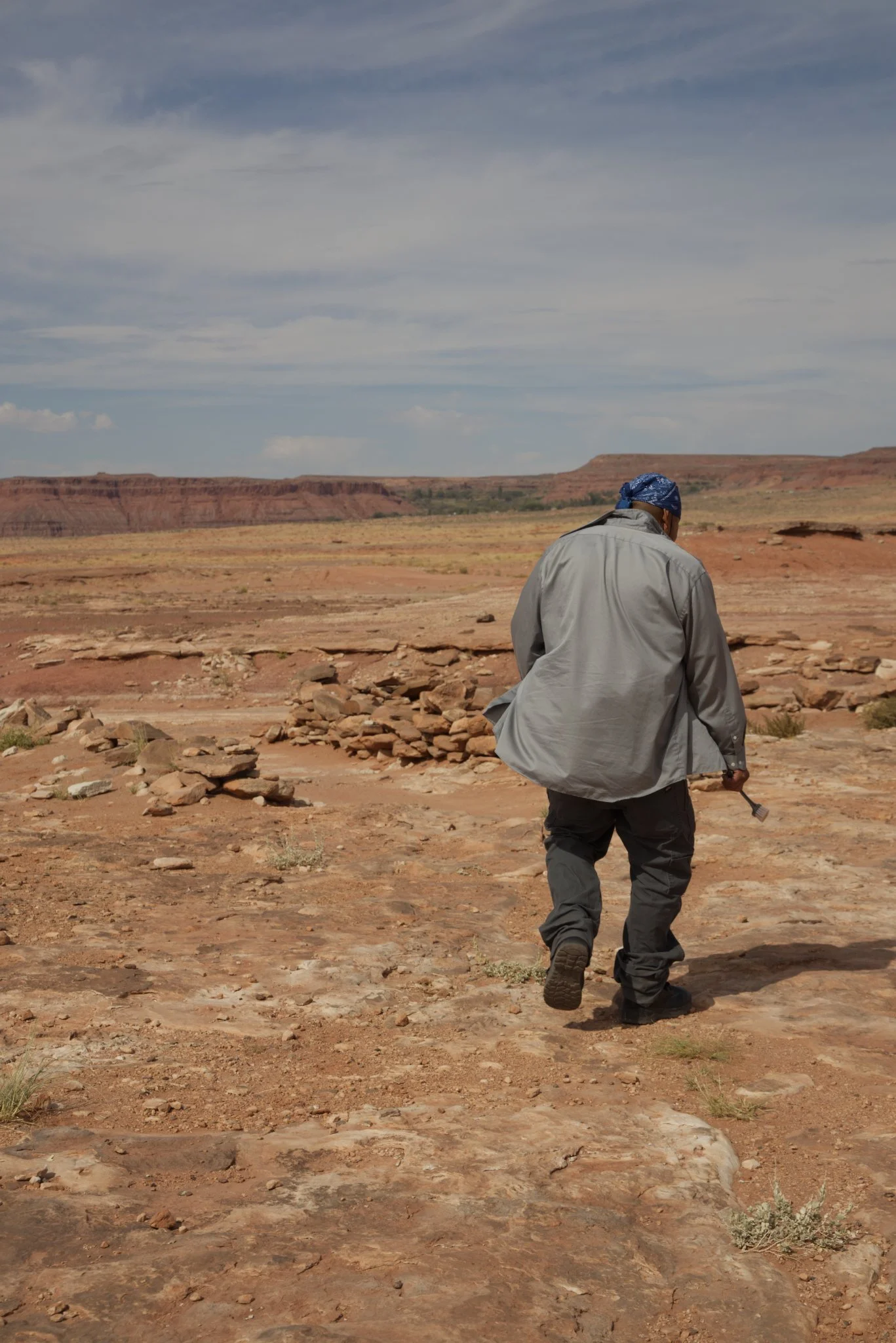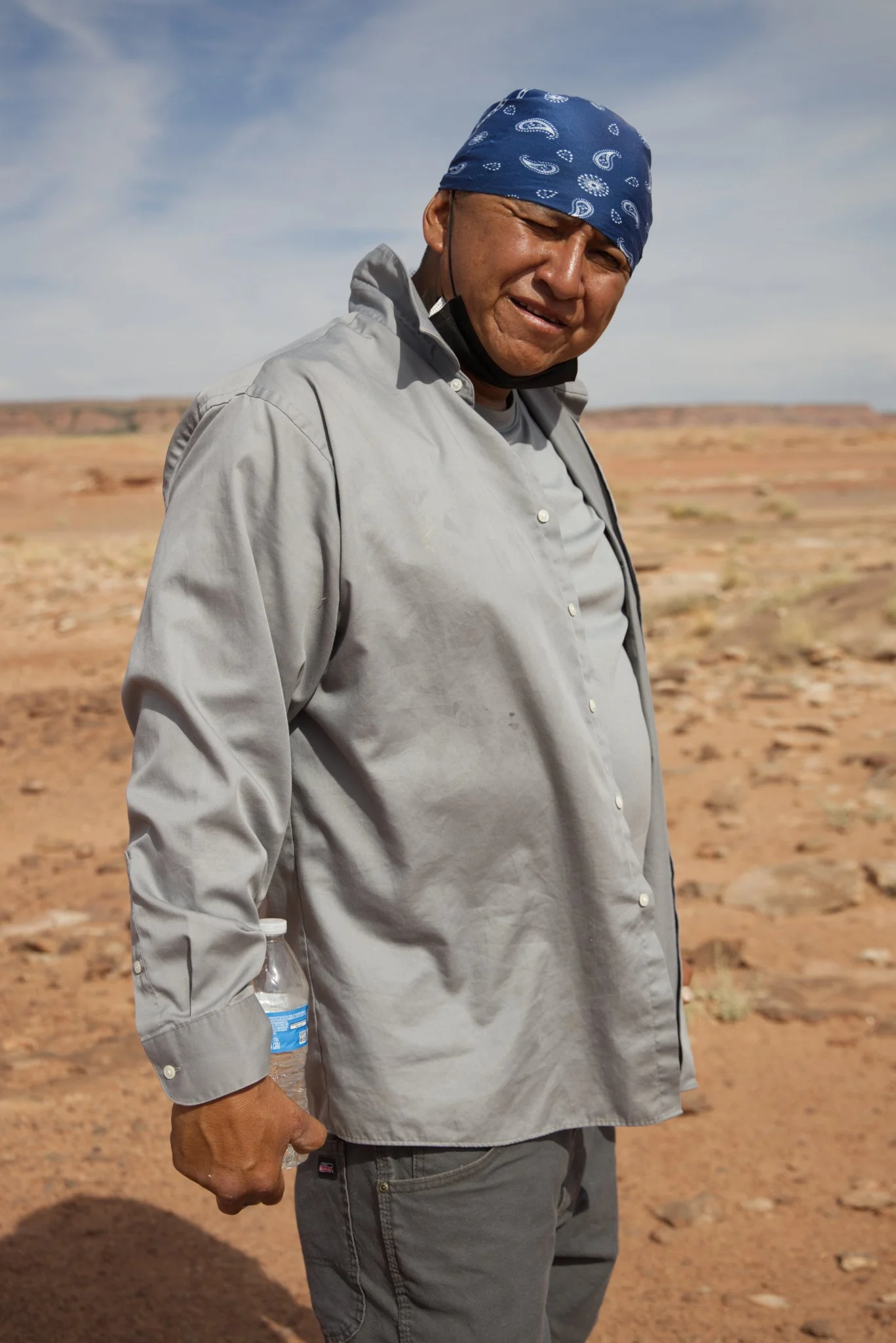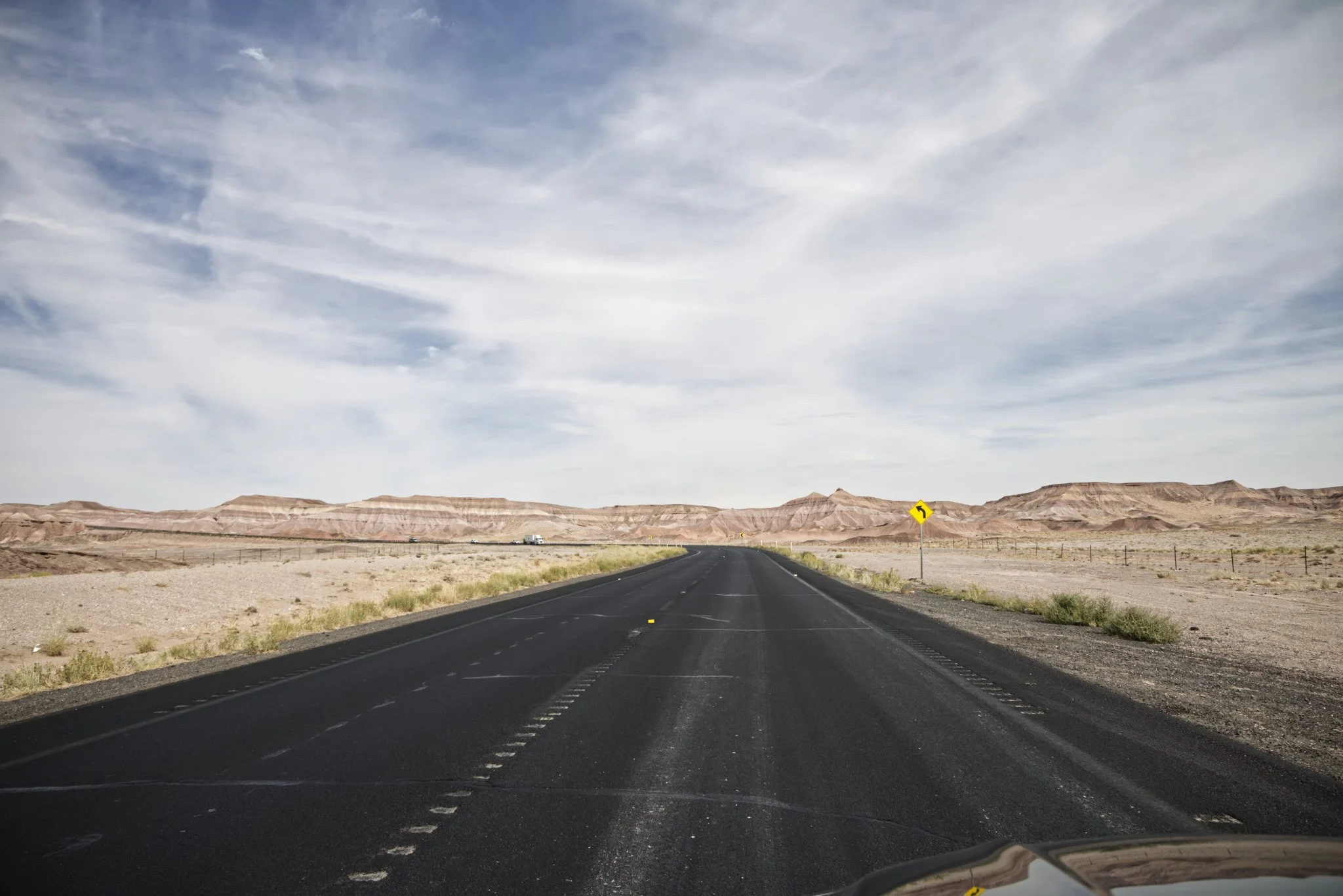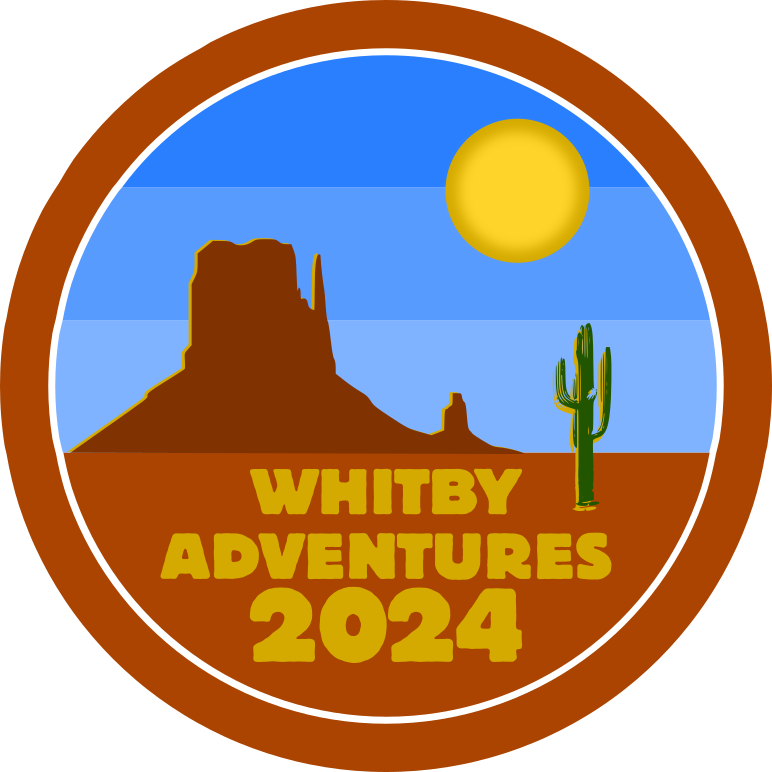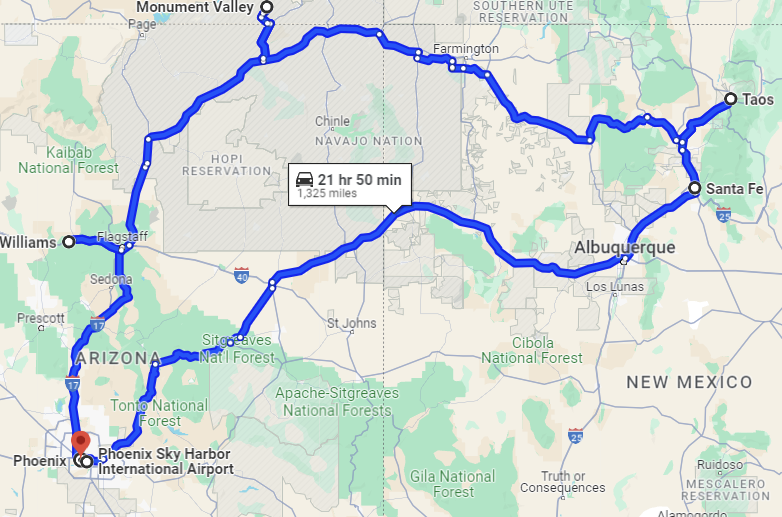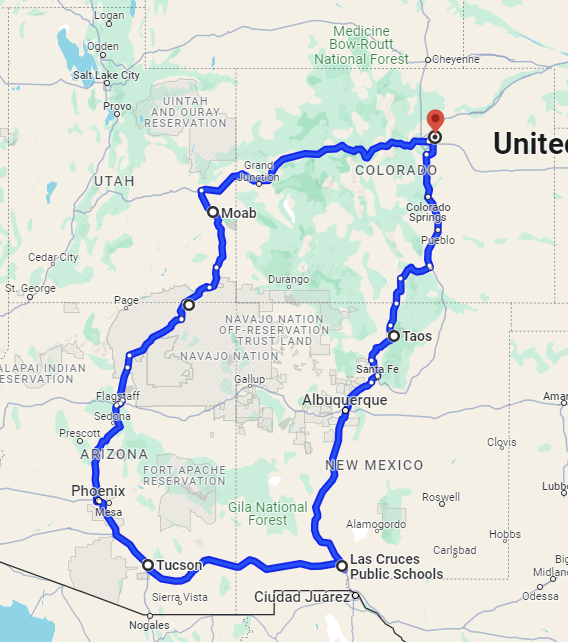We had a nice walk round Bluff Fort. Some details below.
“Hole-in-the-Rock Trail
Bluff, the first Anglo community in southeastern Utah, was settled in April 1880 by Mormon pioneers seeking to establish a mission on the San Juan River in the present-day Four Corners area. The San Juan area of southeastern Utah was then known as a refuge for lawless men. The San Juan Mission would act as a buffer for the rest of settled Utah, establish law and order, and maintain friendly relations with the Indians in the area.
A “mission call” went out in December 1878 and was answered by numerous southern Utah families, many of whom gave up fine homes to move with all their possessions to the remote San Juan area. Seventy families consisting of around 250 men, women and children, left Escalante in south central Utah in October 1879 intending to establish the mission at Montezuma on the San Juan River.
Using a route advised by a previous scouting party known as the “Escalante short cut”, the pioneers expected the 125 mile trek would take 6 weeks. Instead, the journey extended 260 miles over 6 months via the Hole-in-the-Rock-Trail in arduous, winter conditions.
Historians consider the Hole-in-the-Rock Expedition one of the most extraordinary wagon trips ever undertaken in North America and a fine example of pioneer spirit. Many sections of the trail were almost impassable. To allow wagon passage, the men spent 6 weeks blasting and chiseling a path through a narrow, 1,200 foot drop in the sandstone cliffs known as the Hole-in-the-Rock, which is still visible at present-day Lake Powell (Glen Canyon National Recreation Center). Brothers Hyram and Benjamin Perkins had experience using explosives from their days as miners in Wales, and were put in charge of drilling and blasting to make a path for wagon passage.
Most of the Hole-in-the-Rock Trail is still visible and is listed on the National Register of Historic Places. Two sites on the Hole in the Rock Trail are part of present-day Bears Ears National Monument, Shash Jaa Unit.
By April 1880, the pioneers were too exhausted to continue to their intended destination 20 miles upriver and chose to settle along a flat area in the river valley. Calling the new location Bluff City, the pioneers began dividing the land, building log cabins, and digging a ditch from the river for crop irrigation.” — https://bluffutah.org/bluff-fort/
